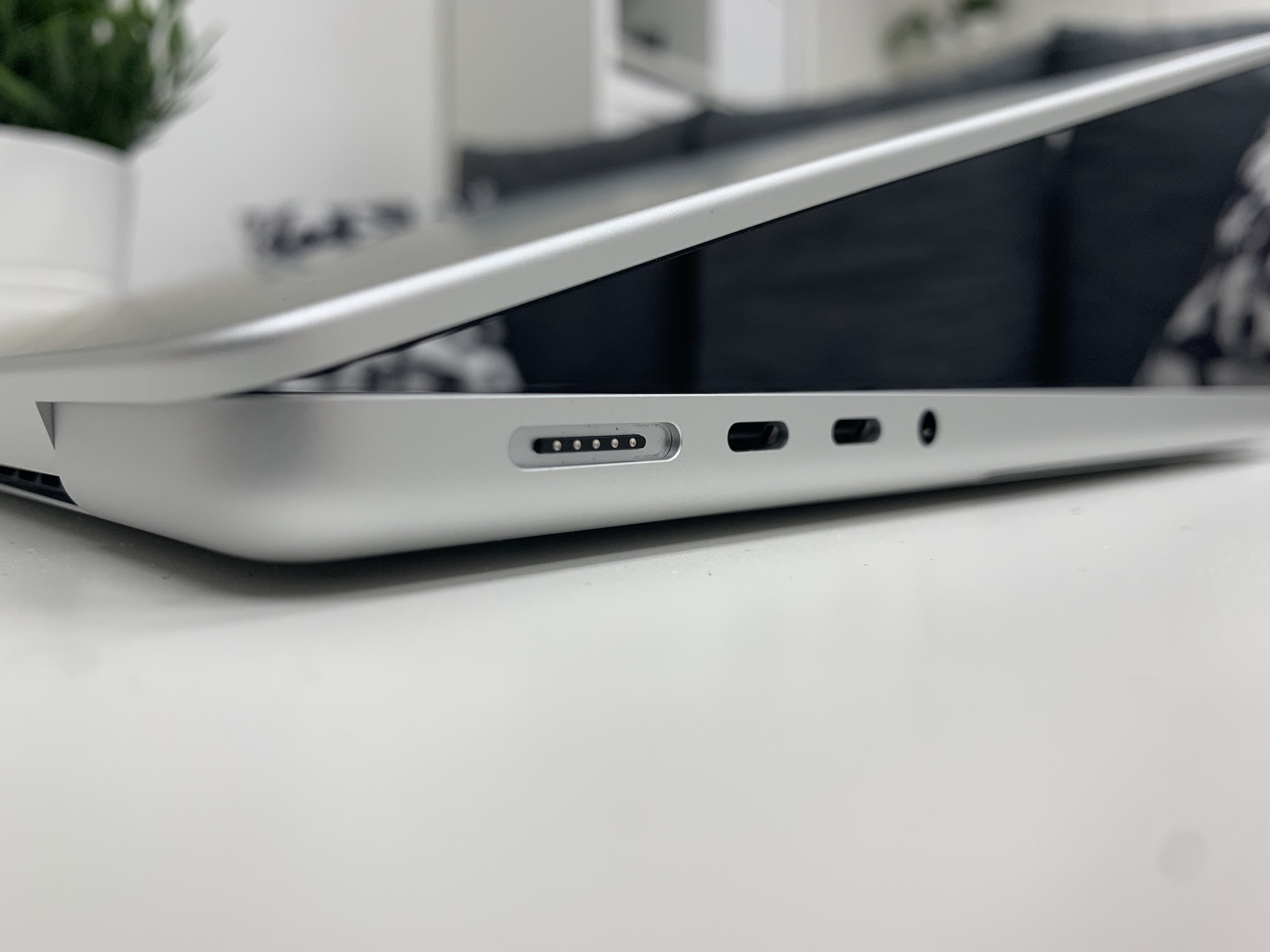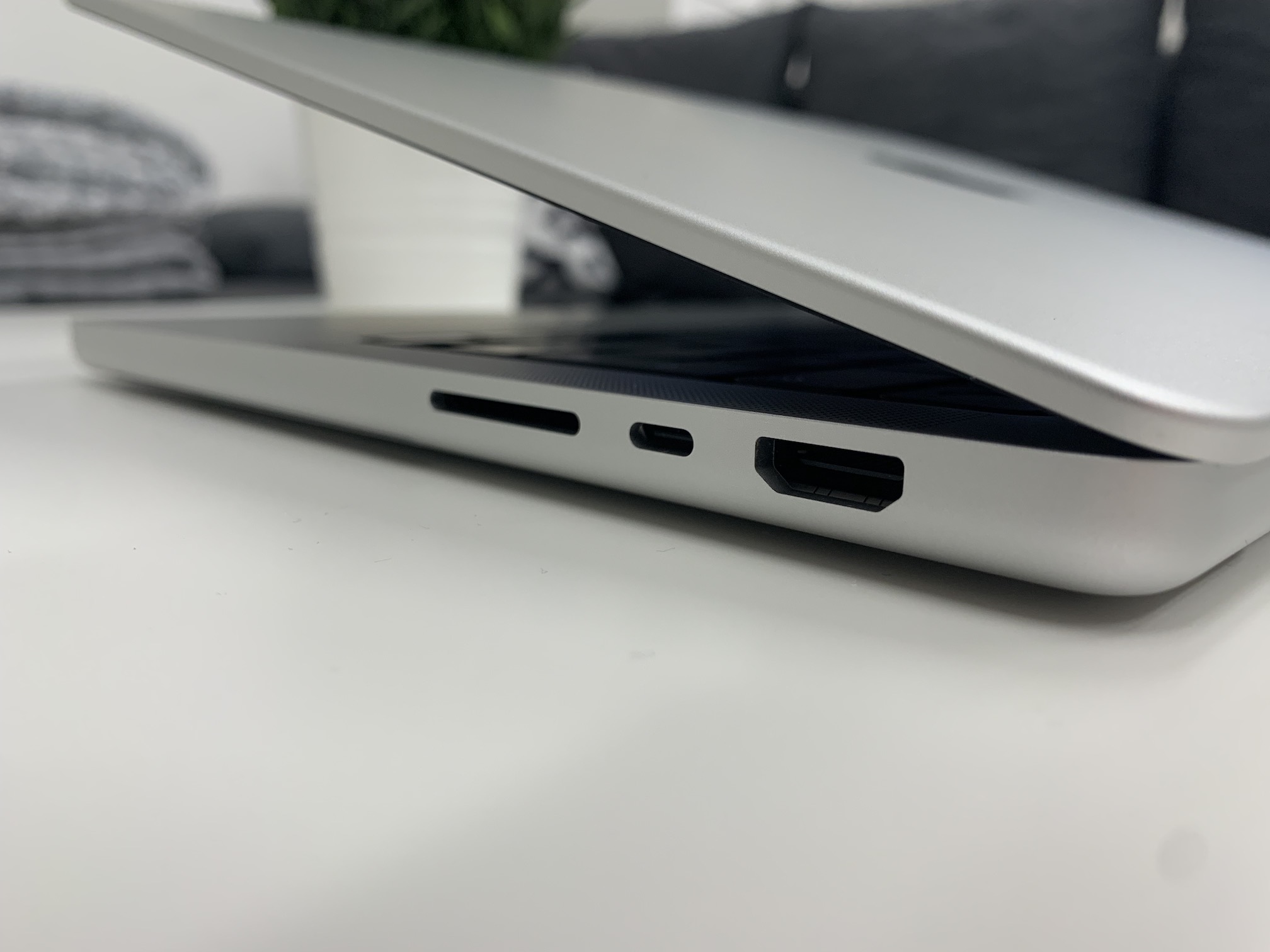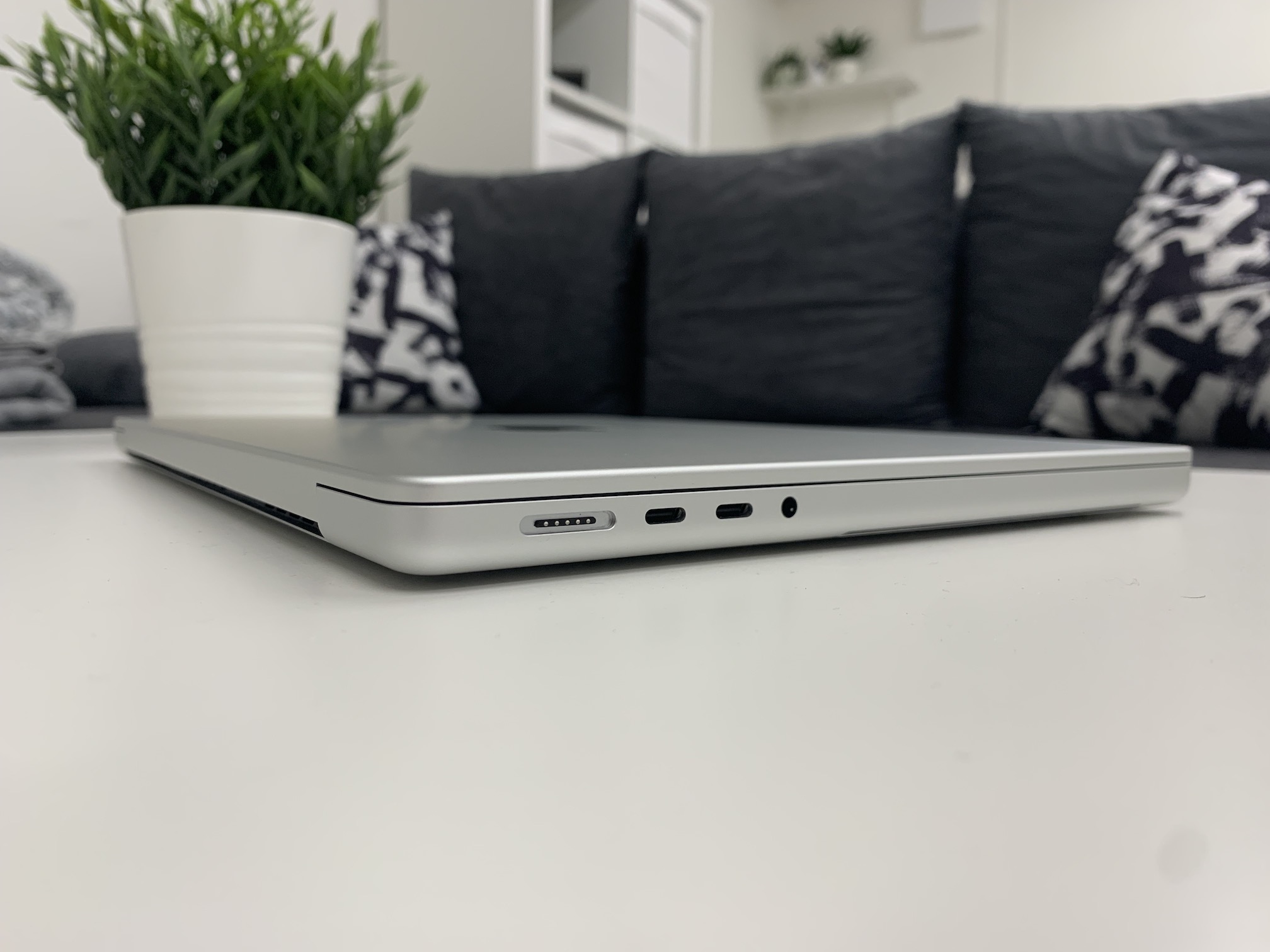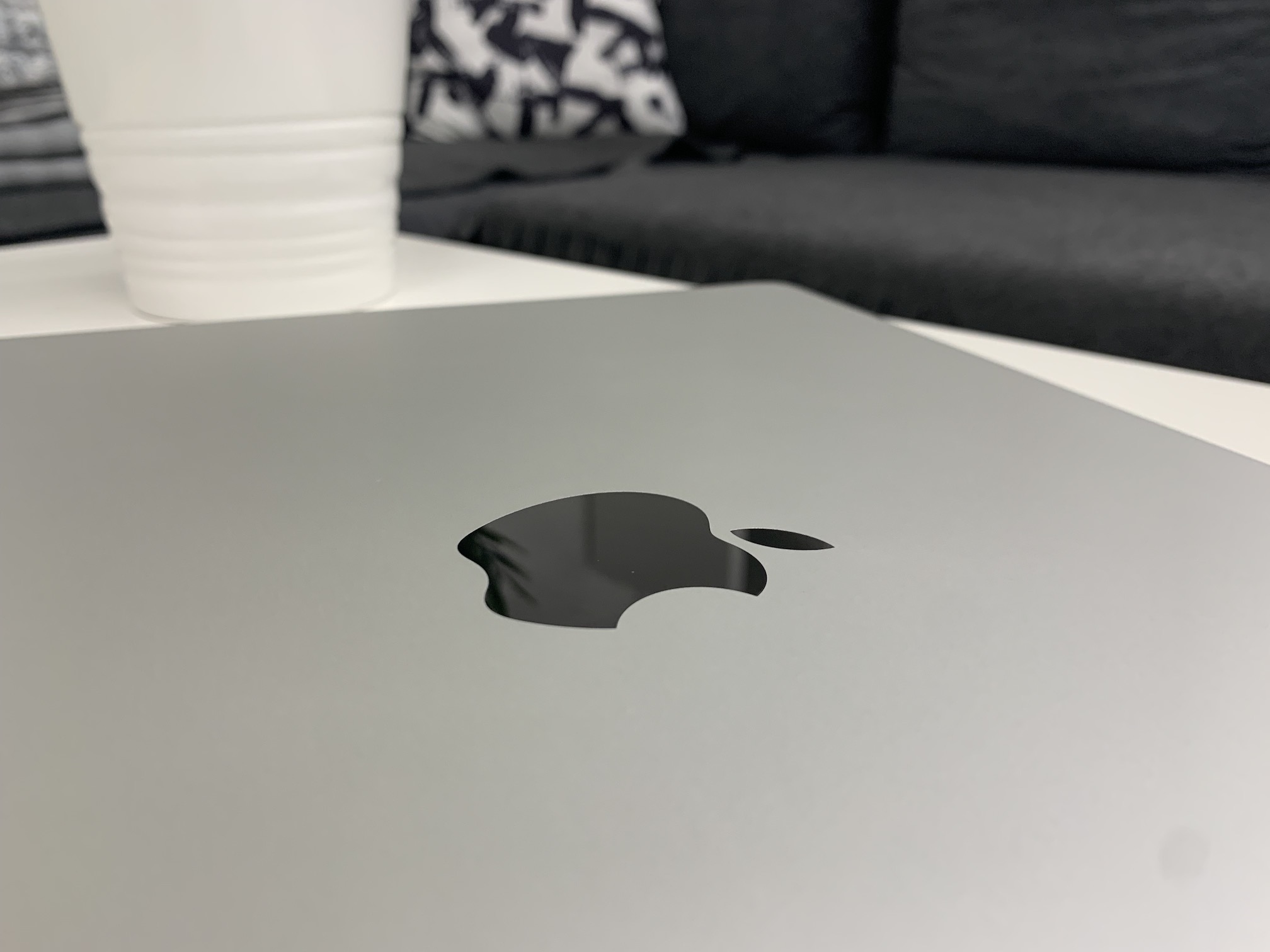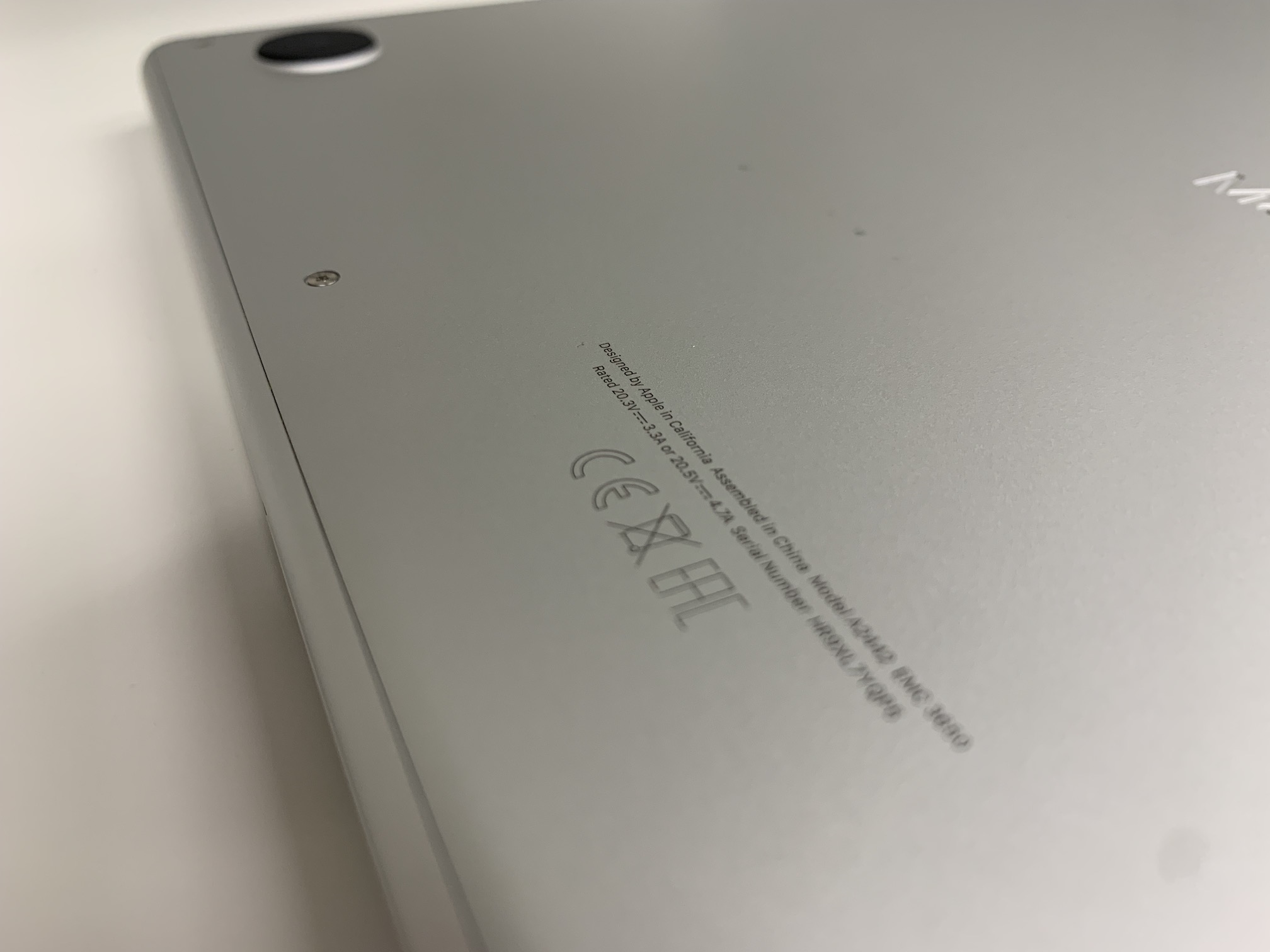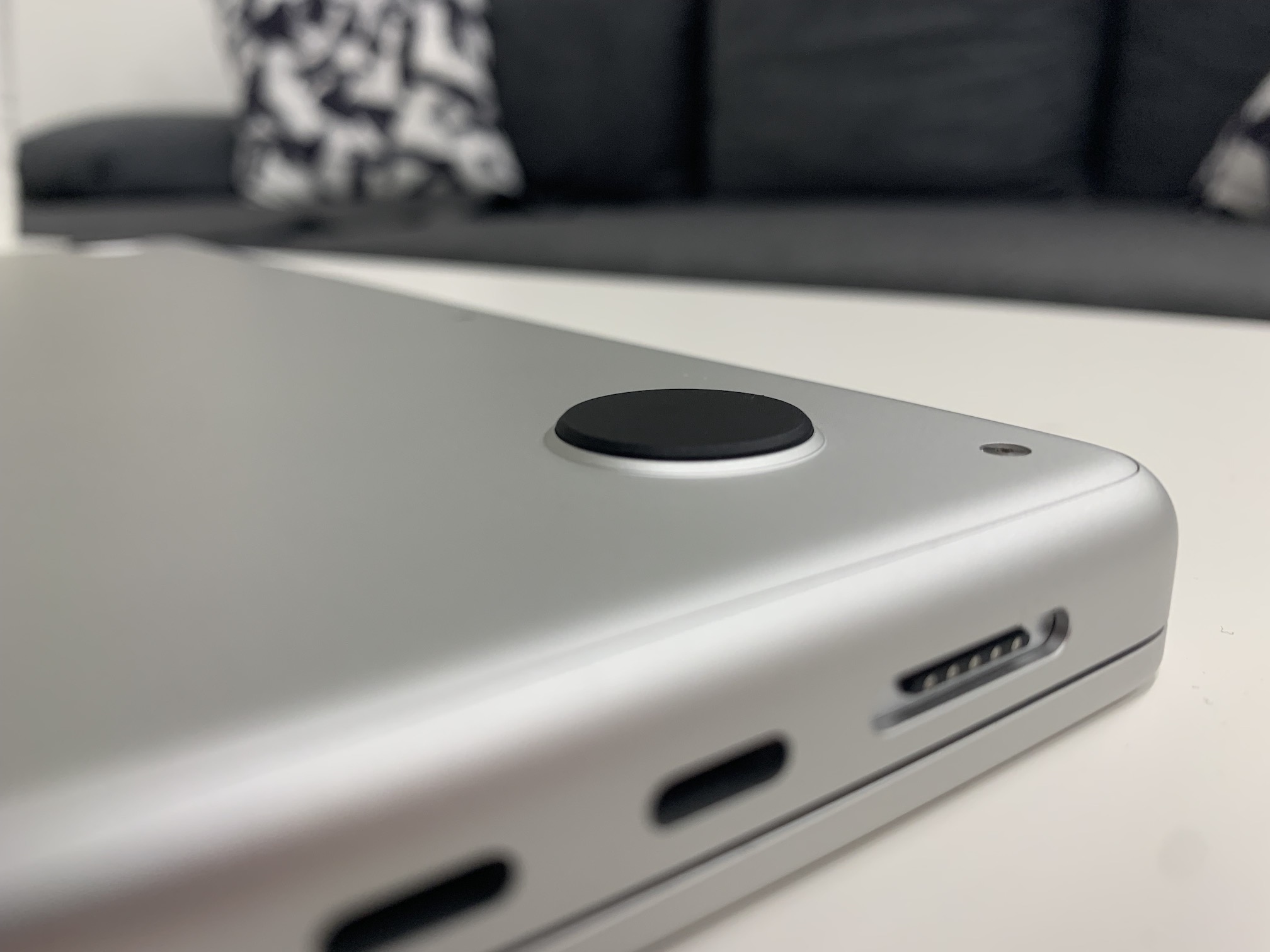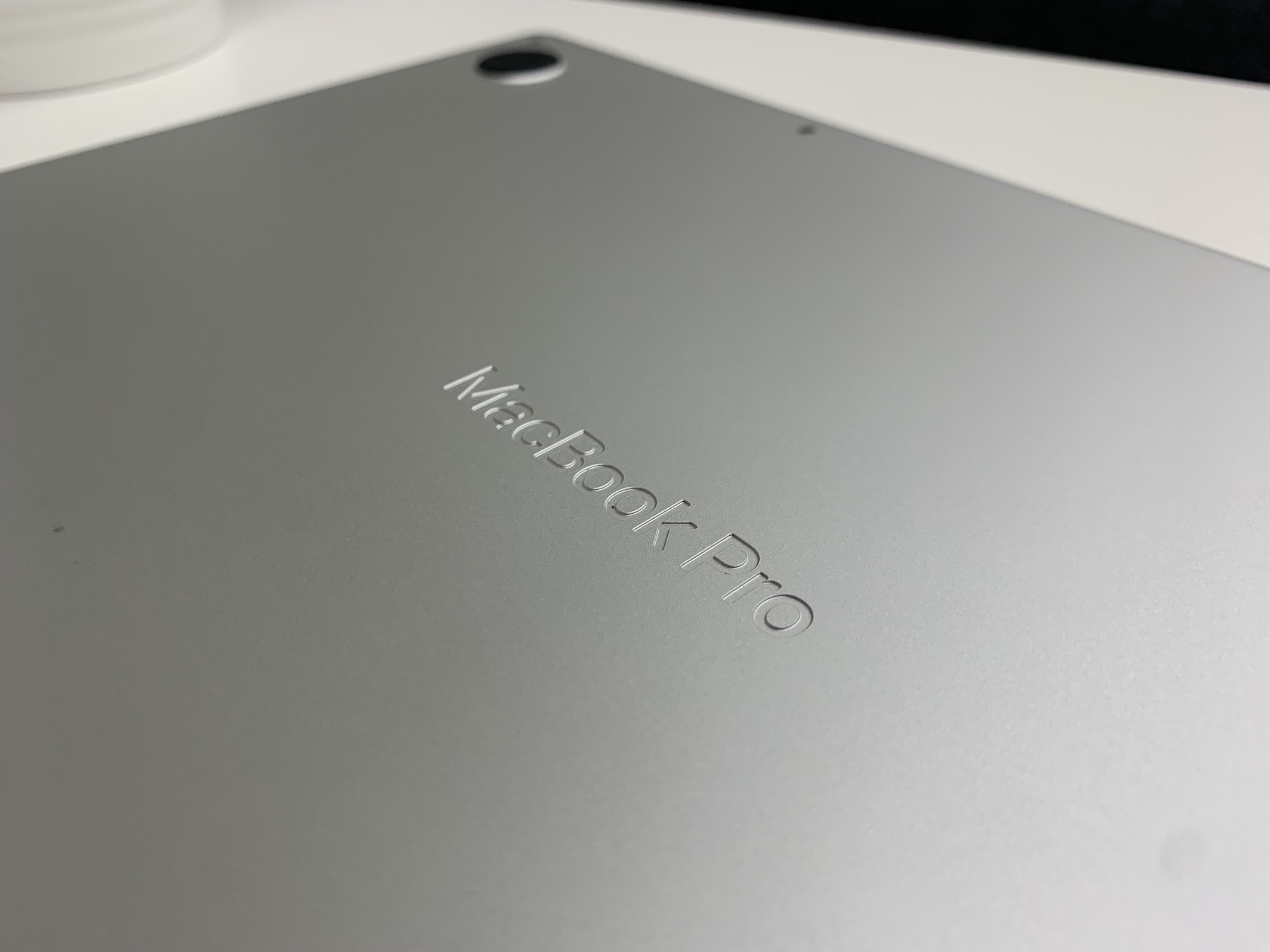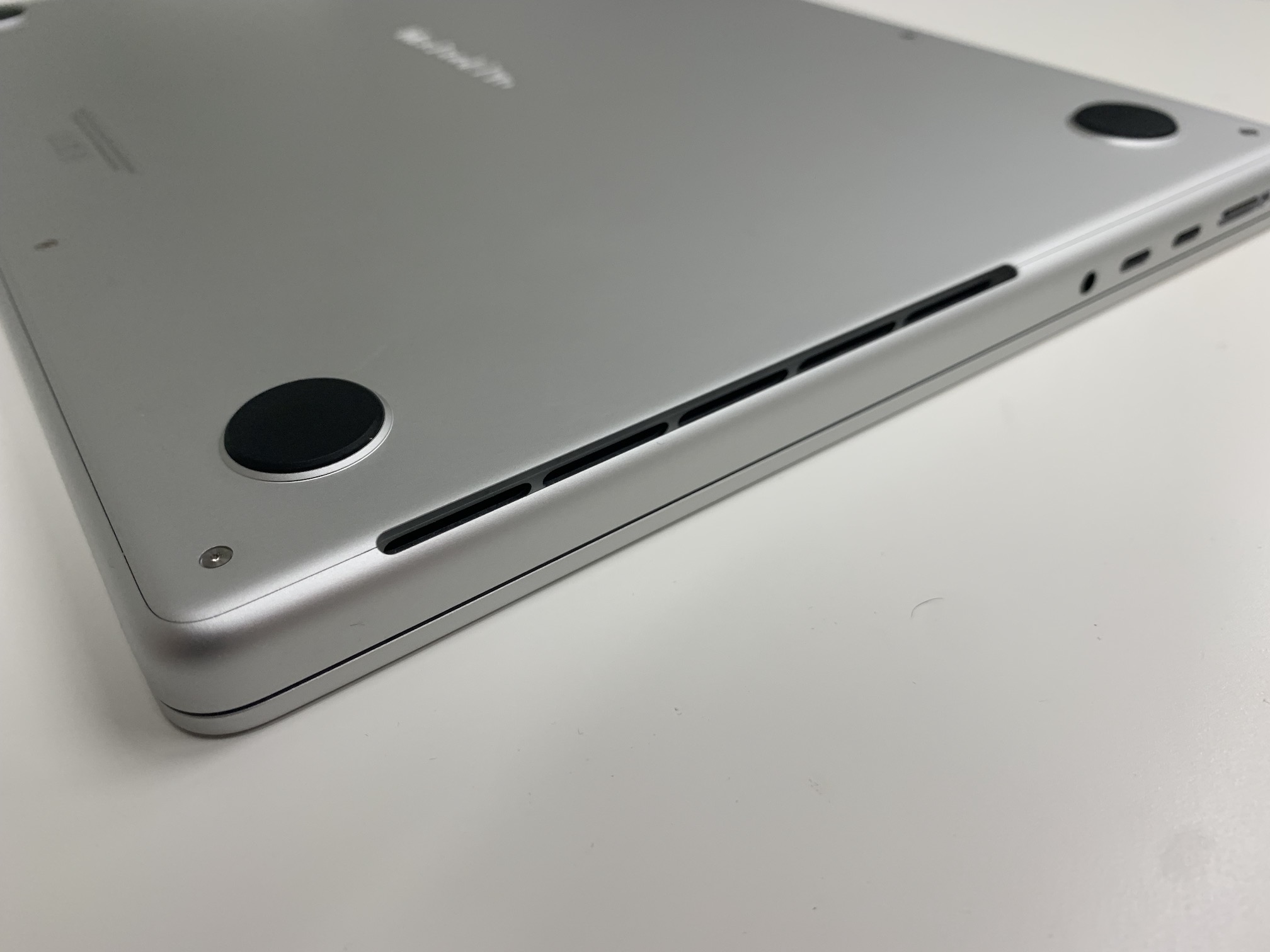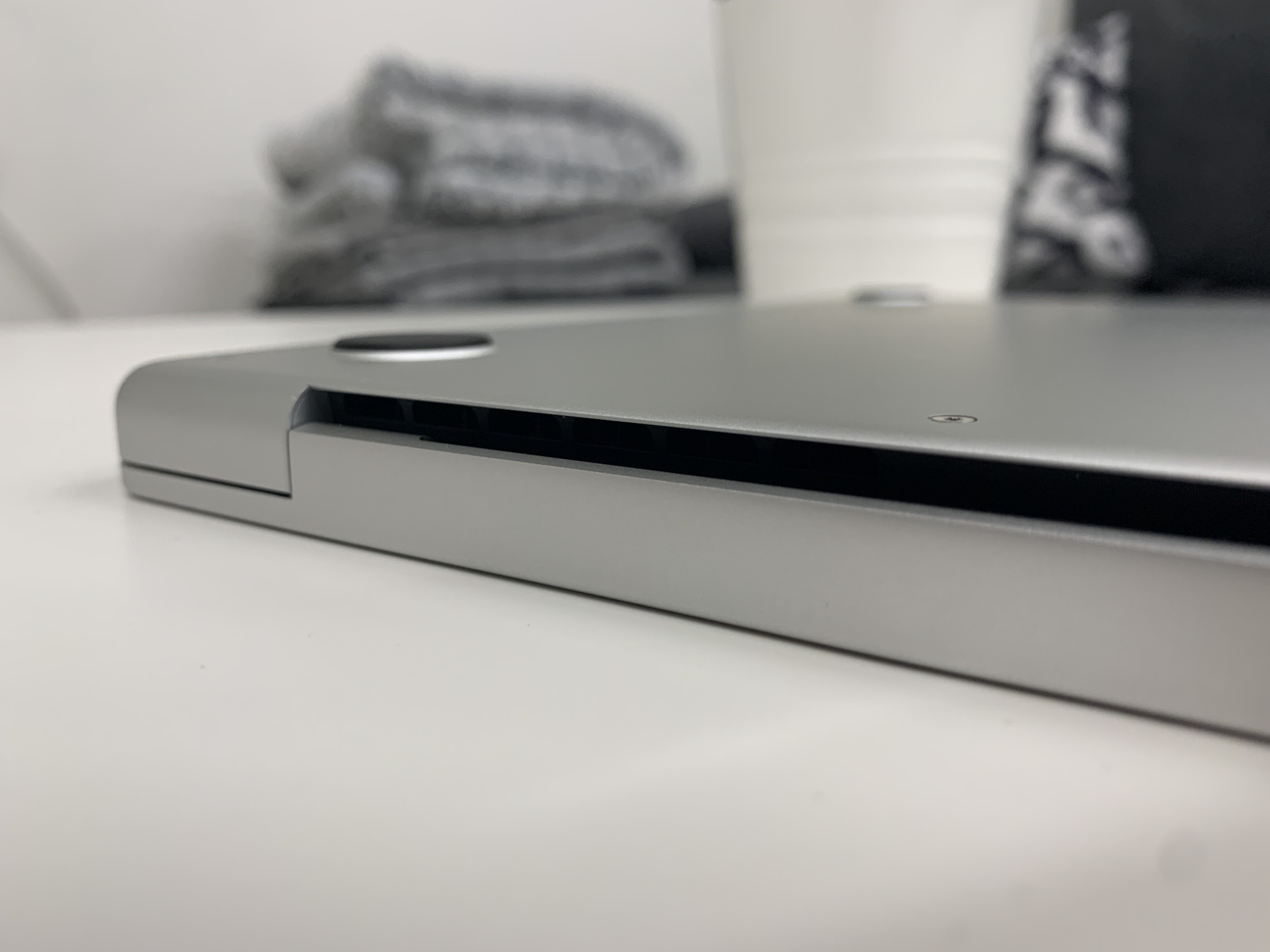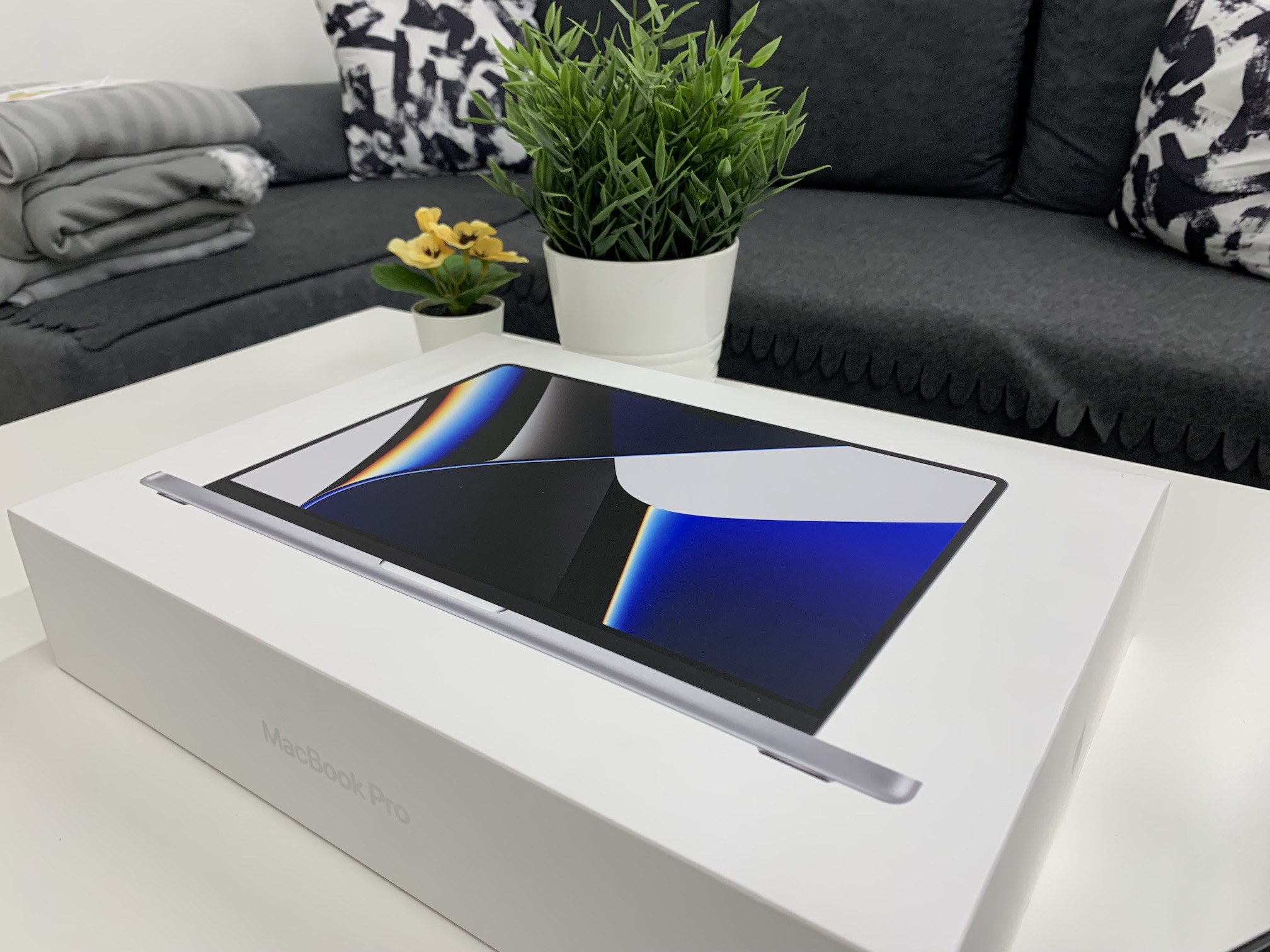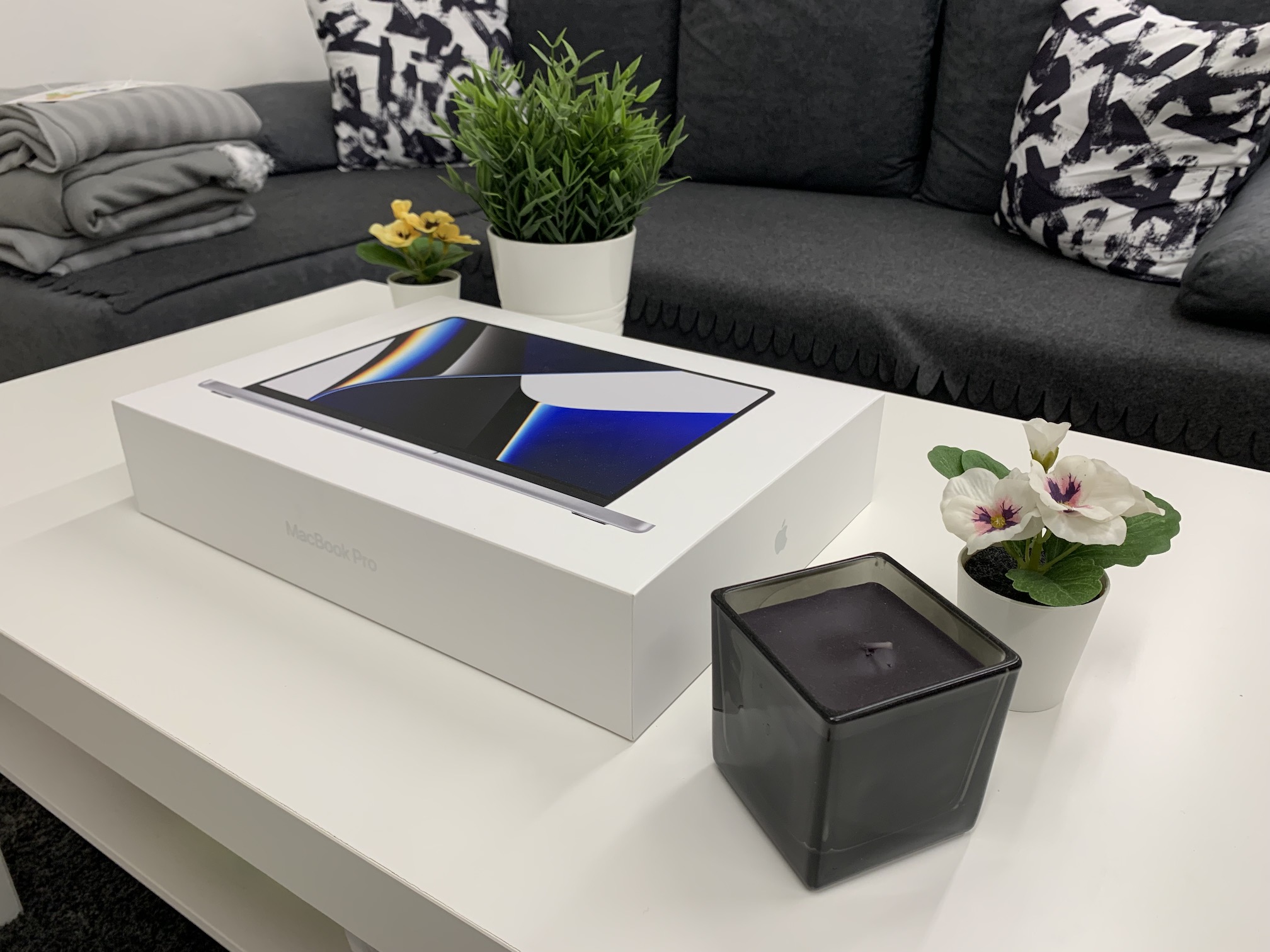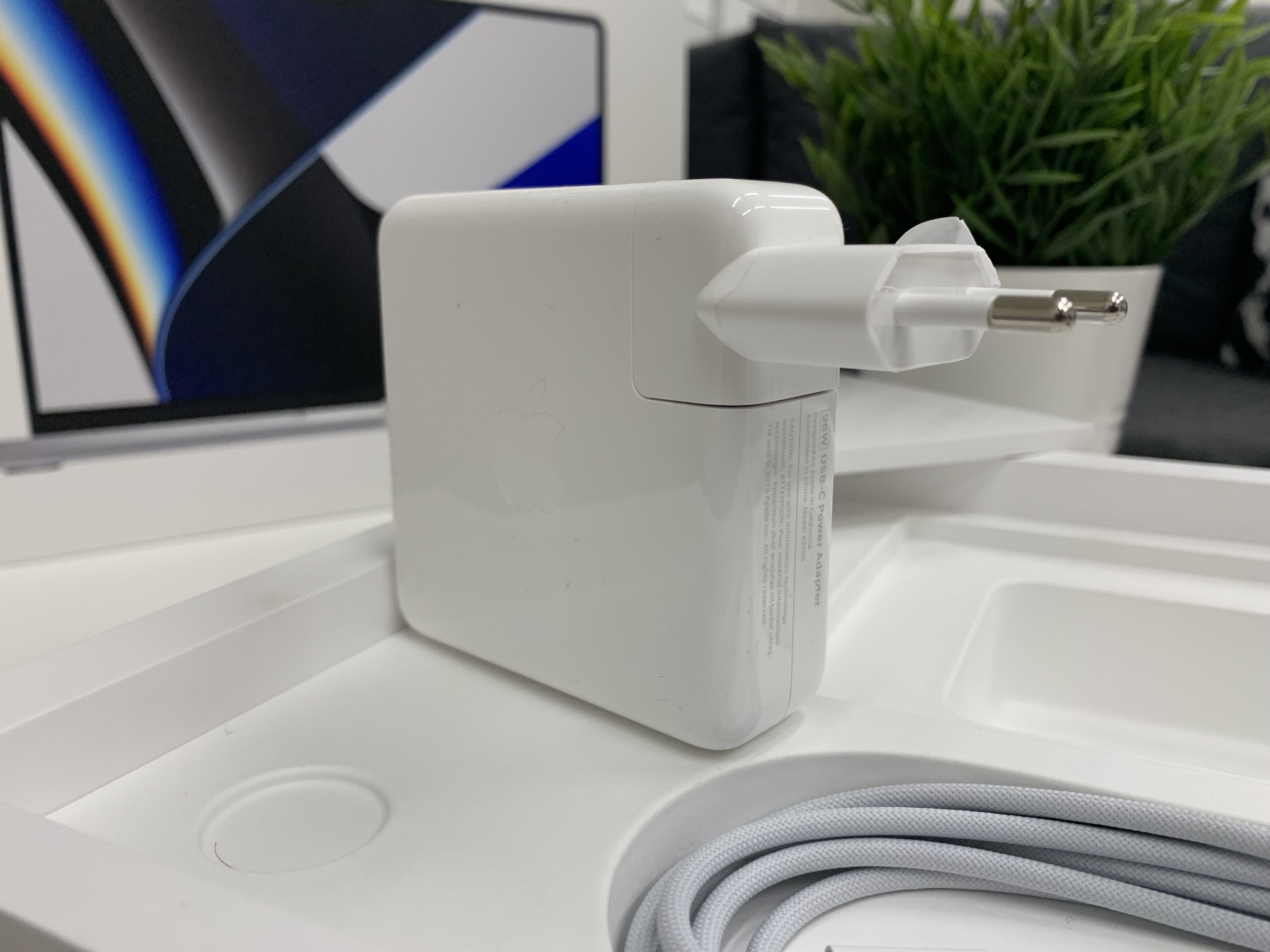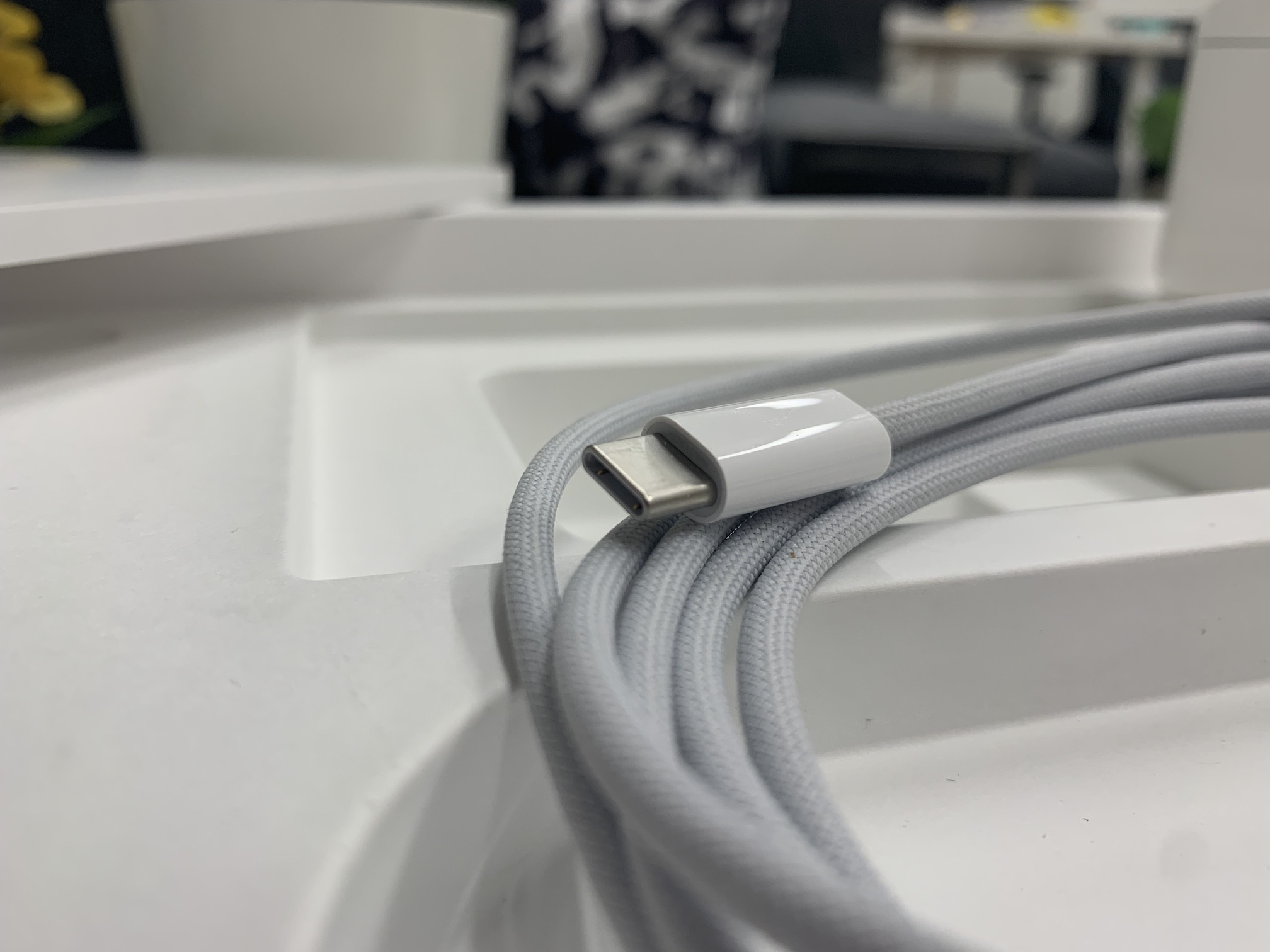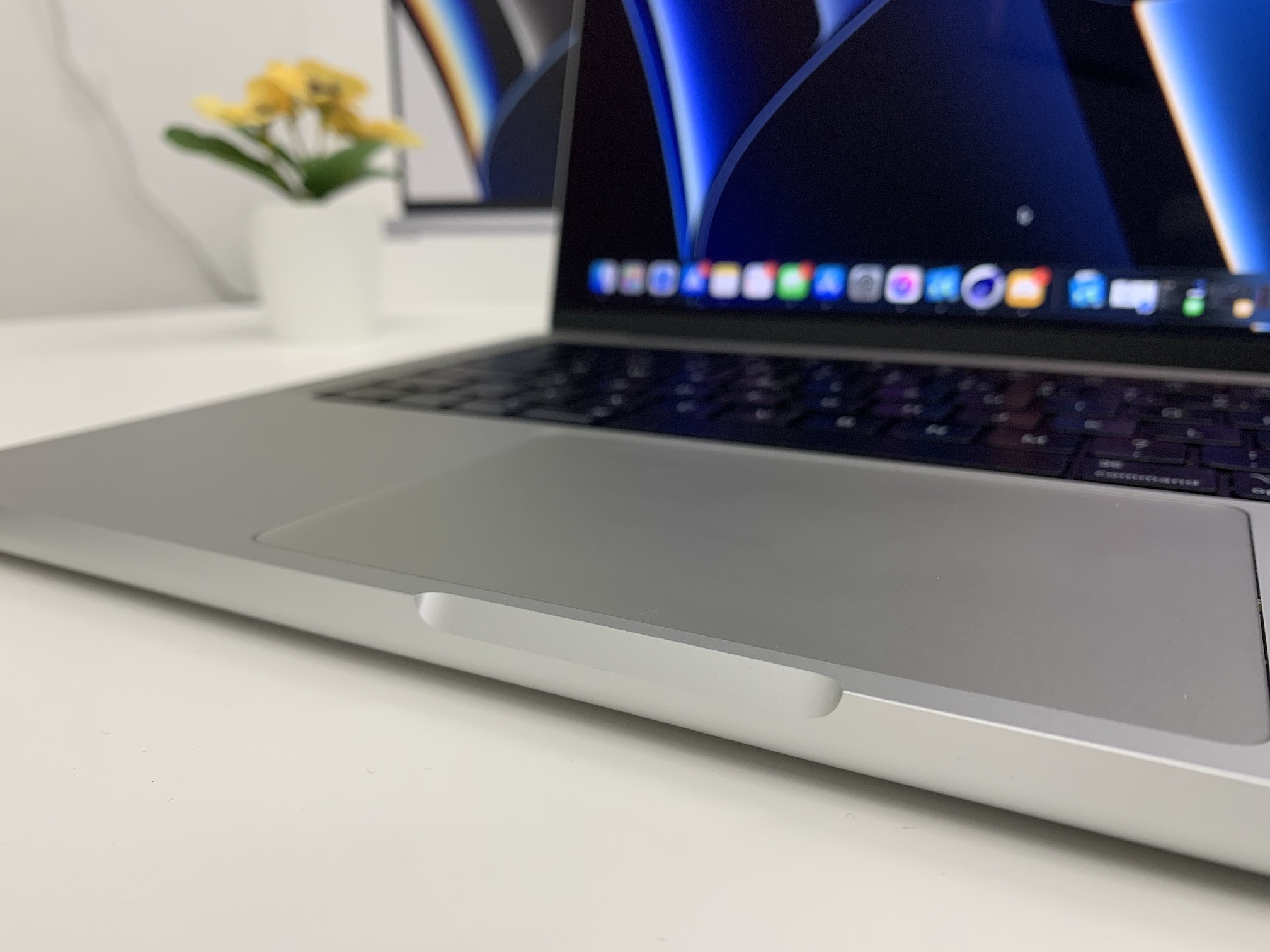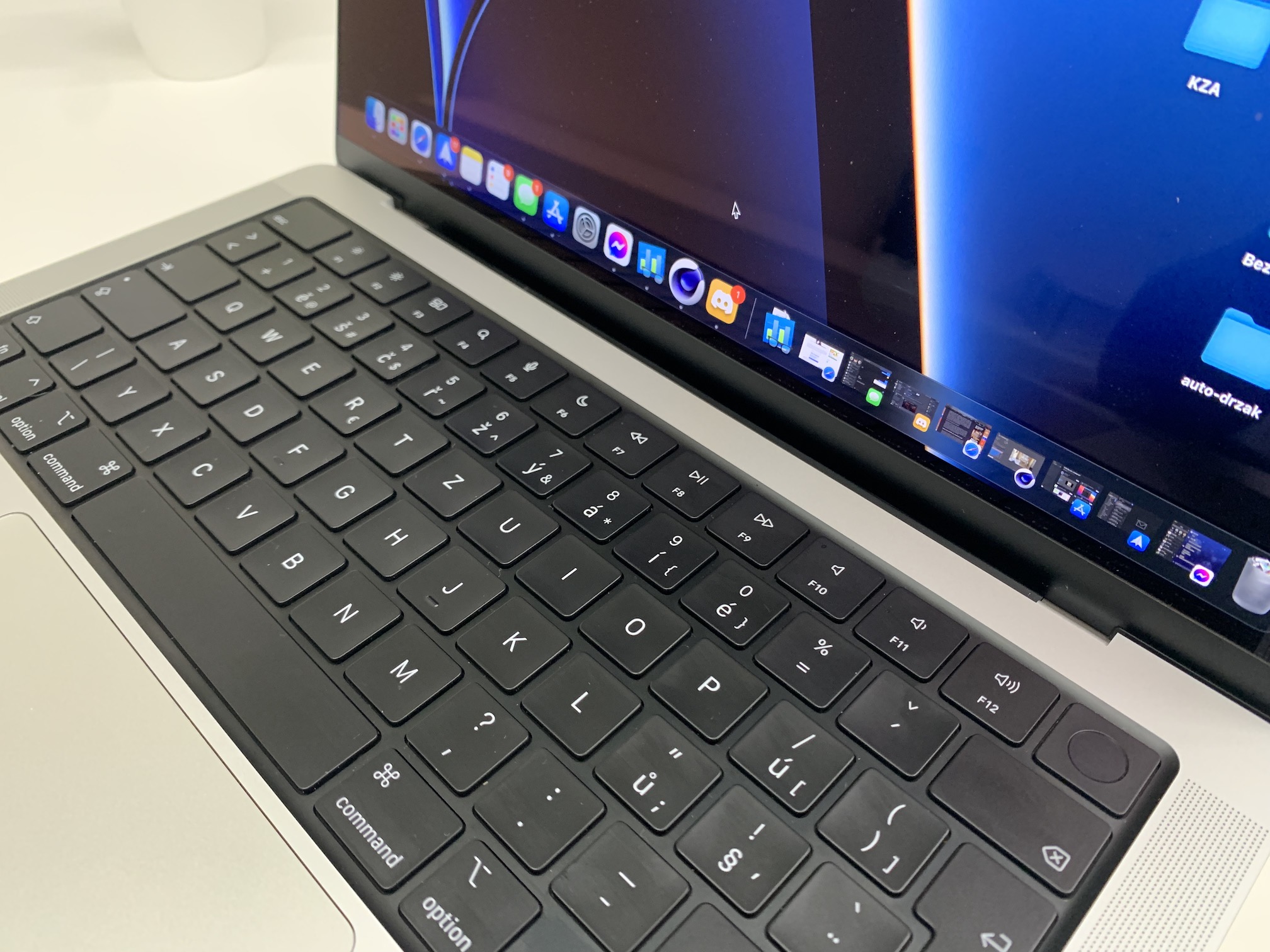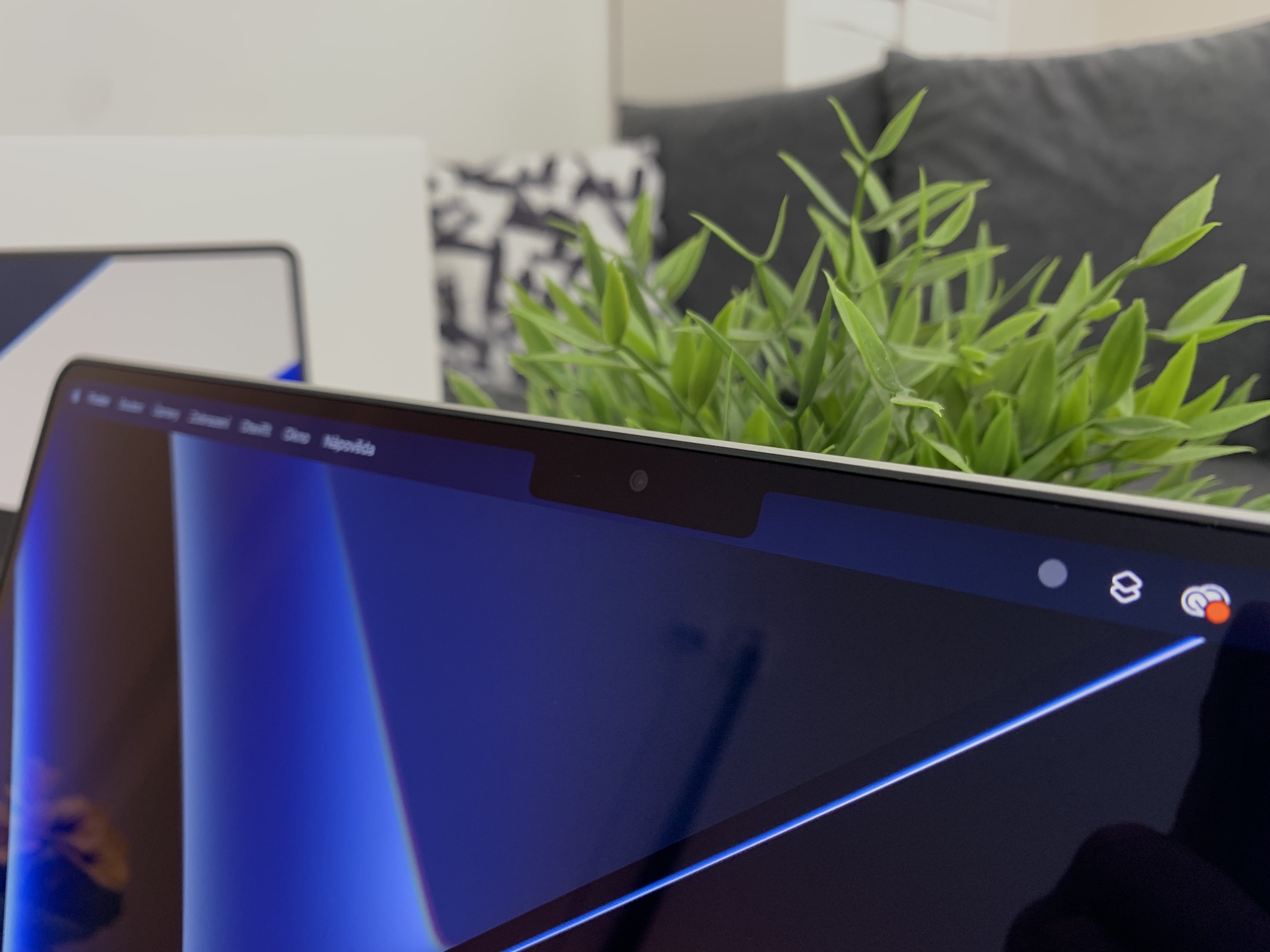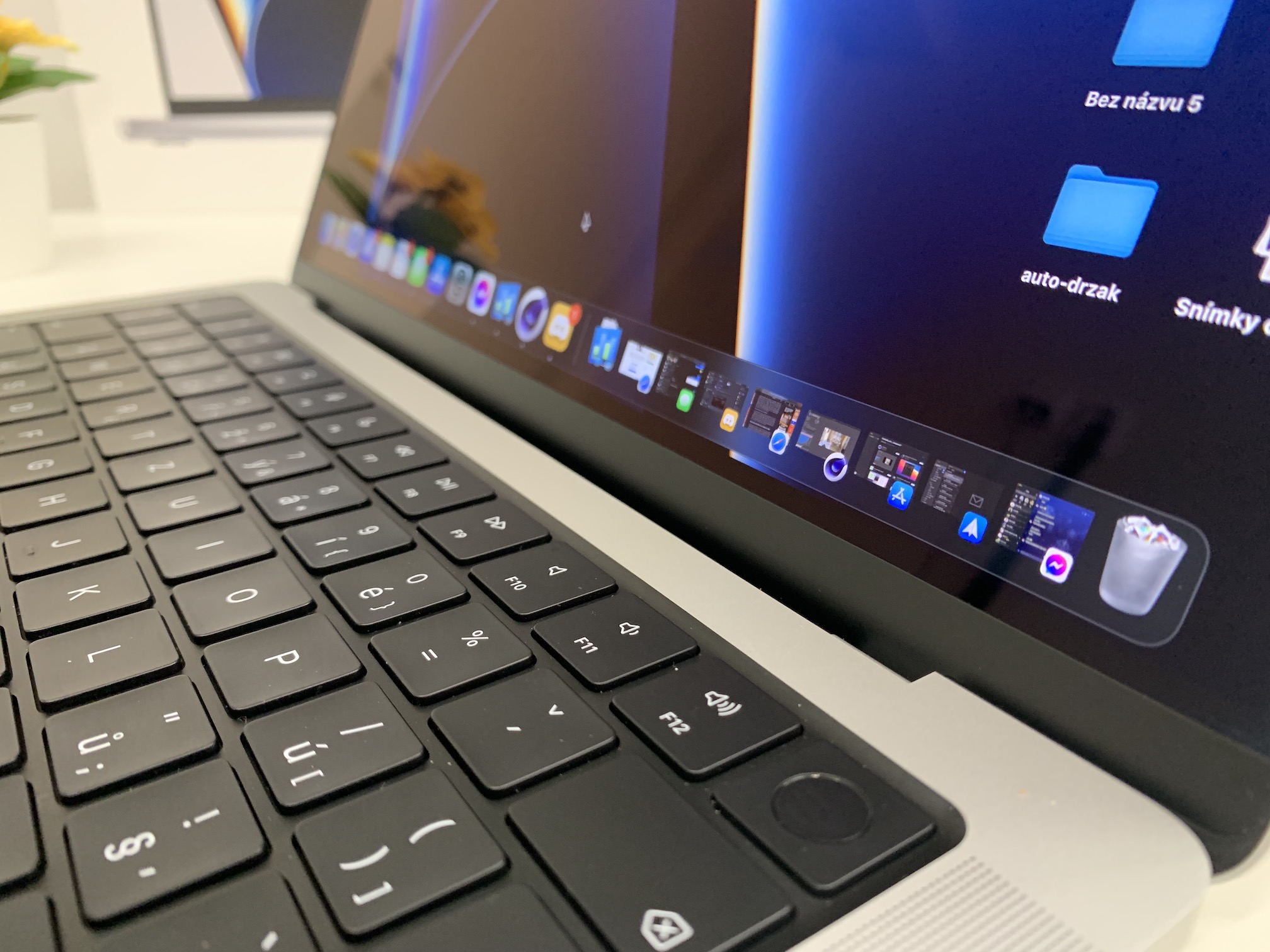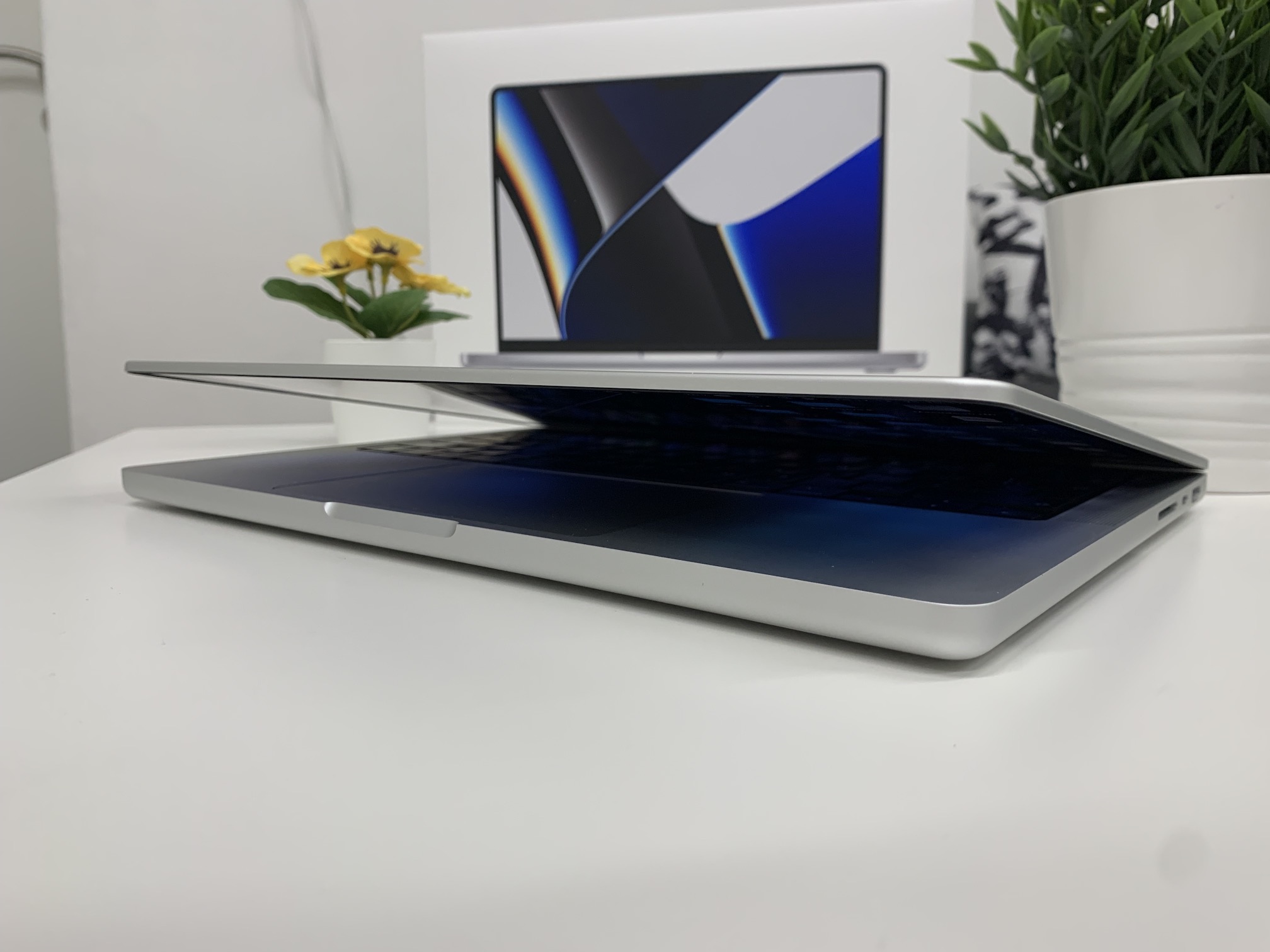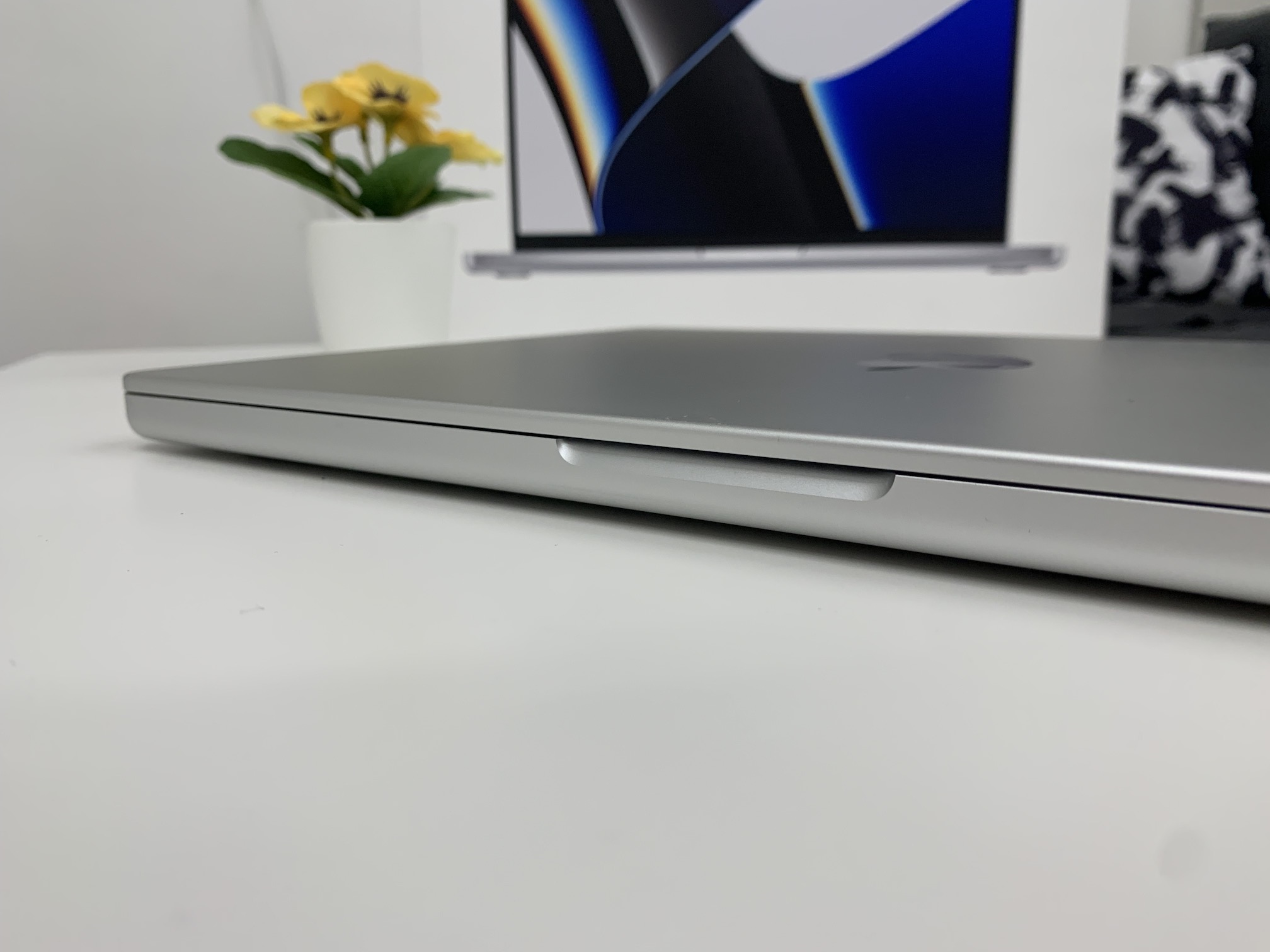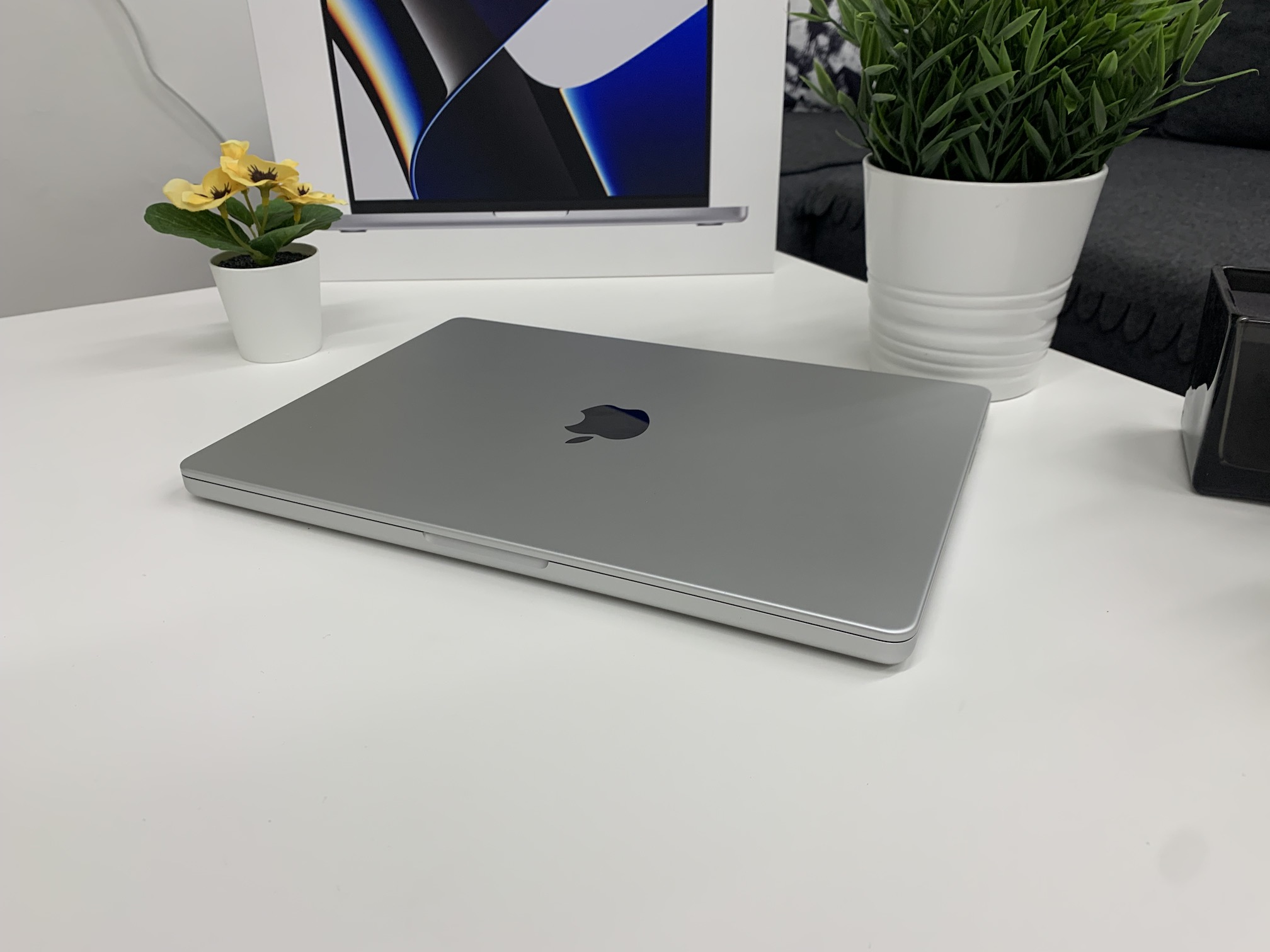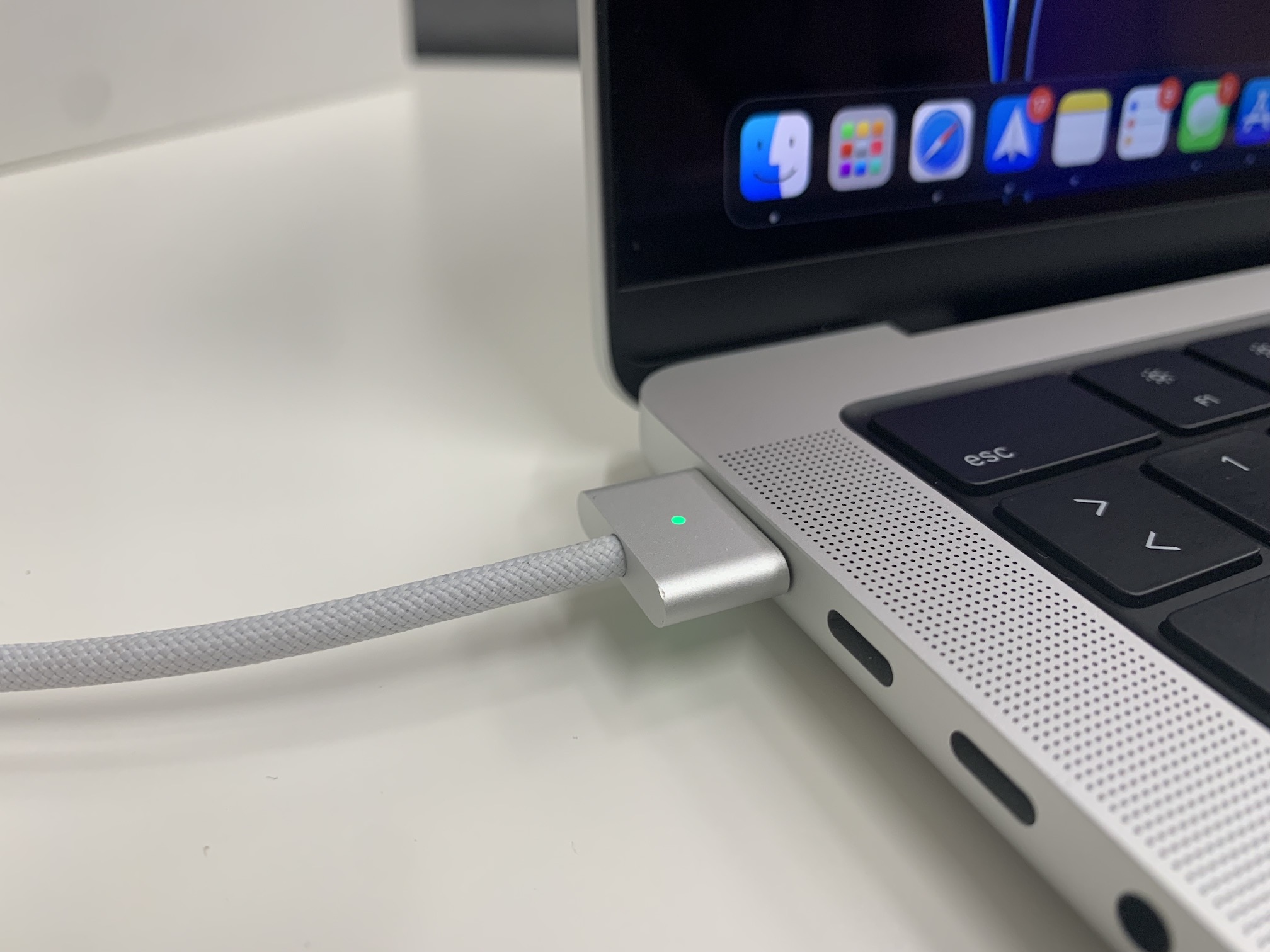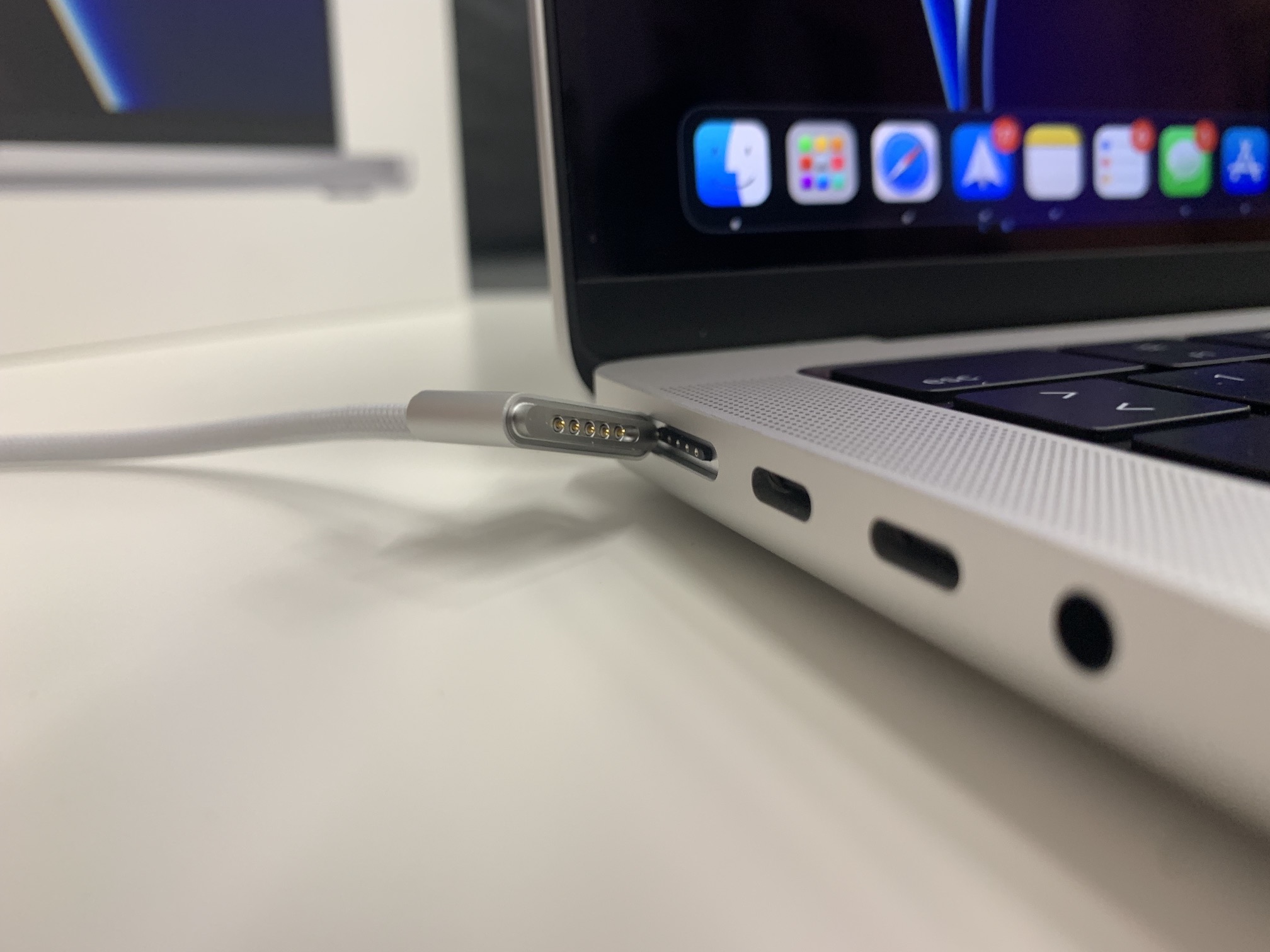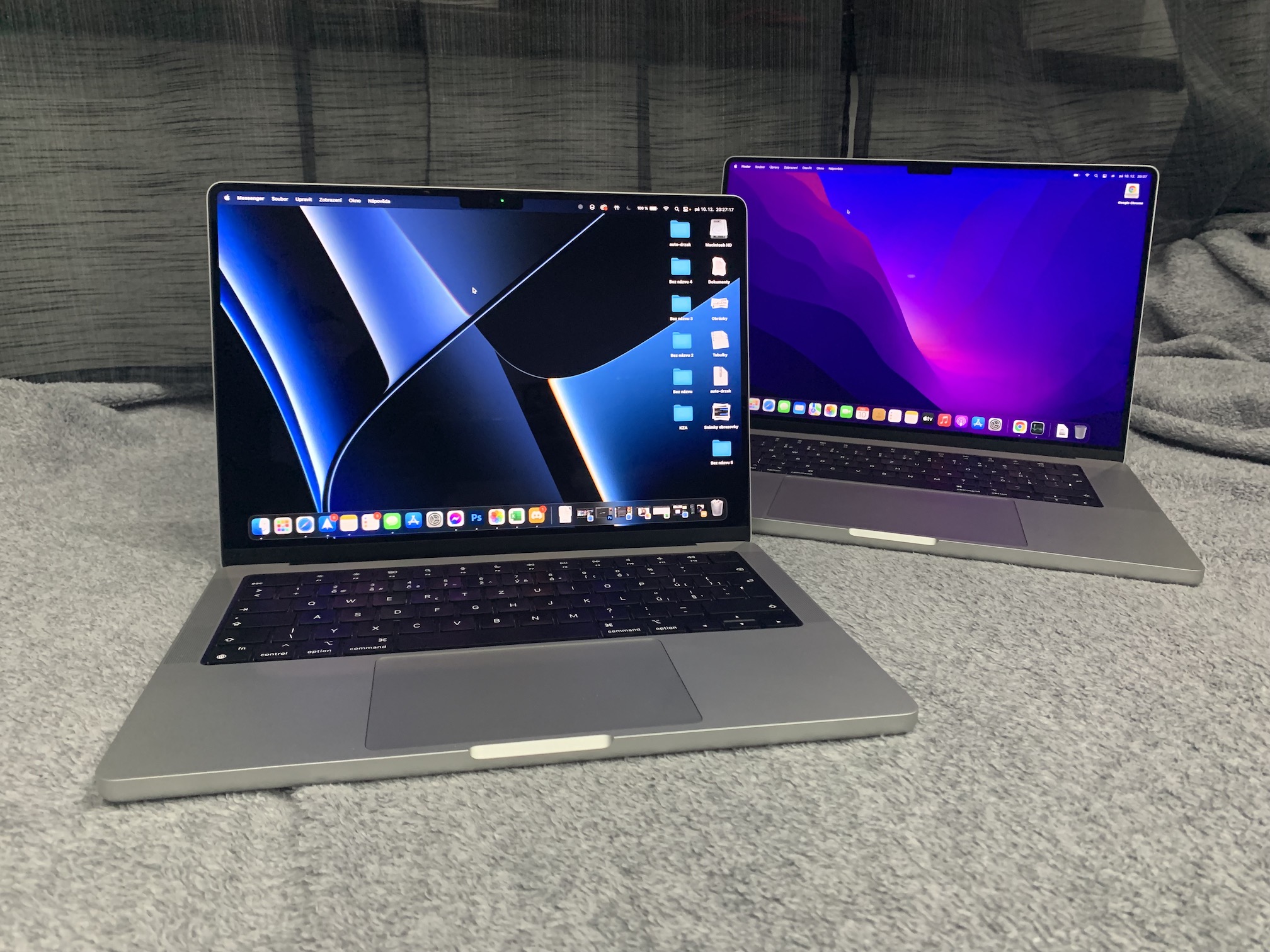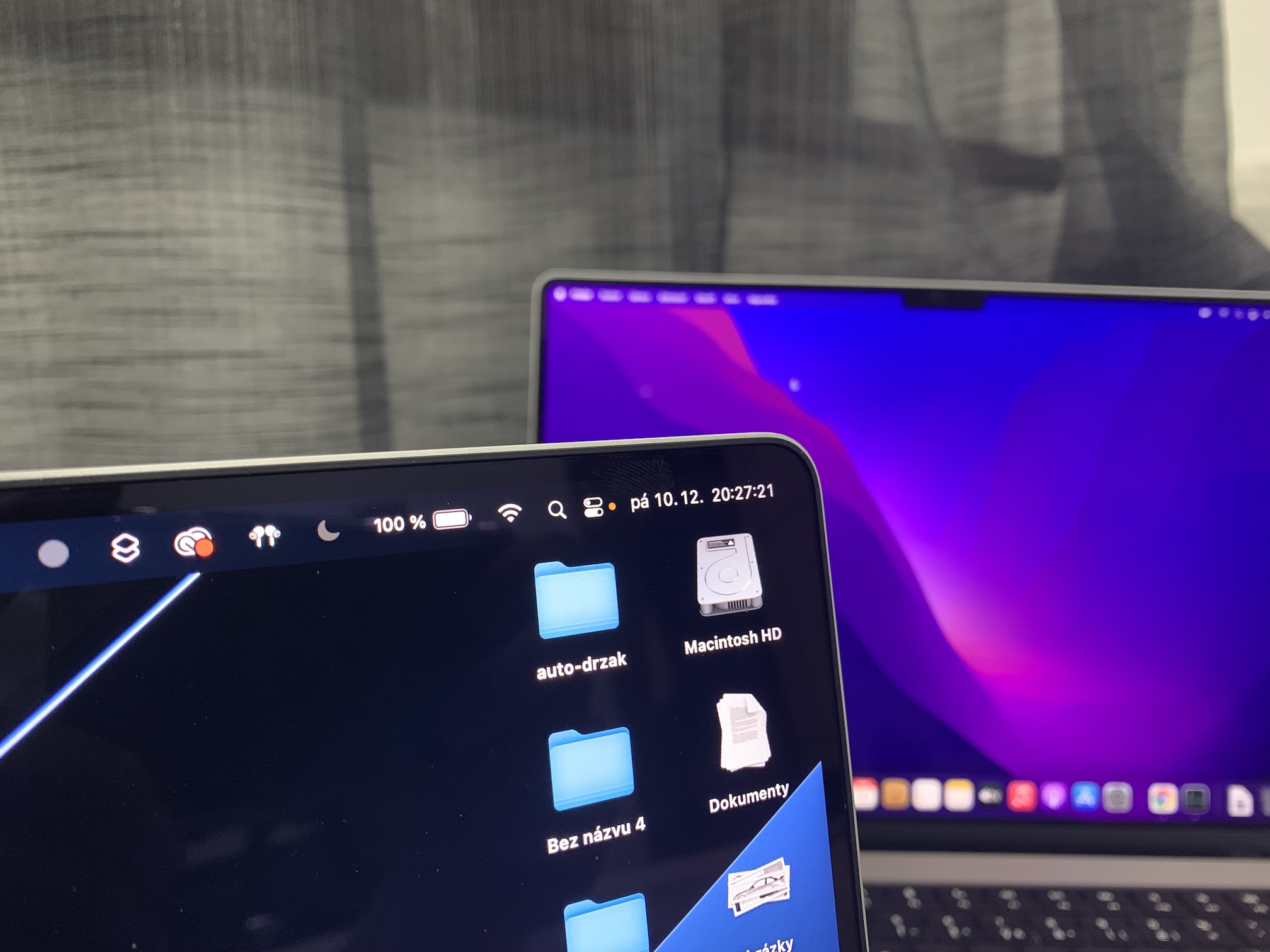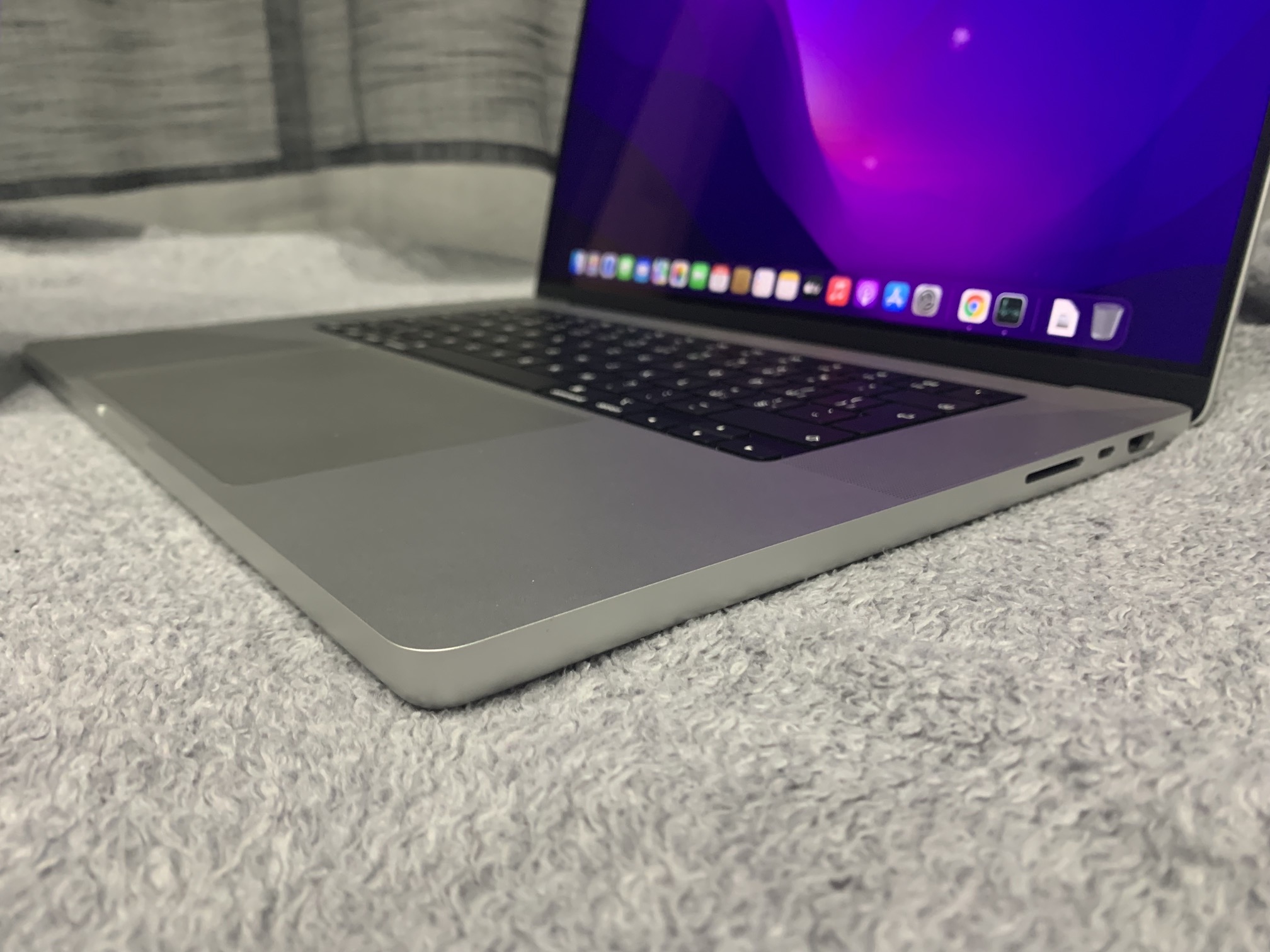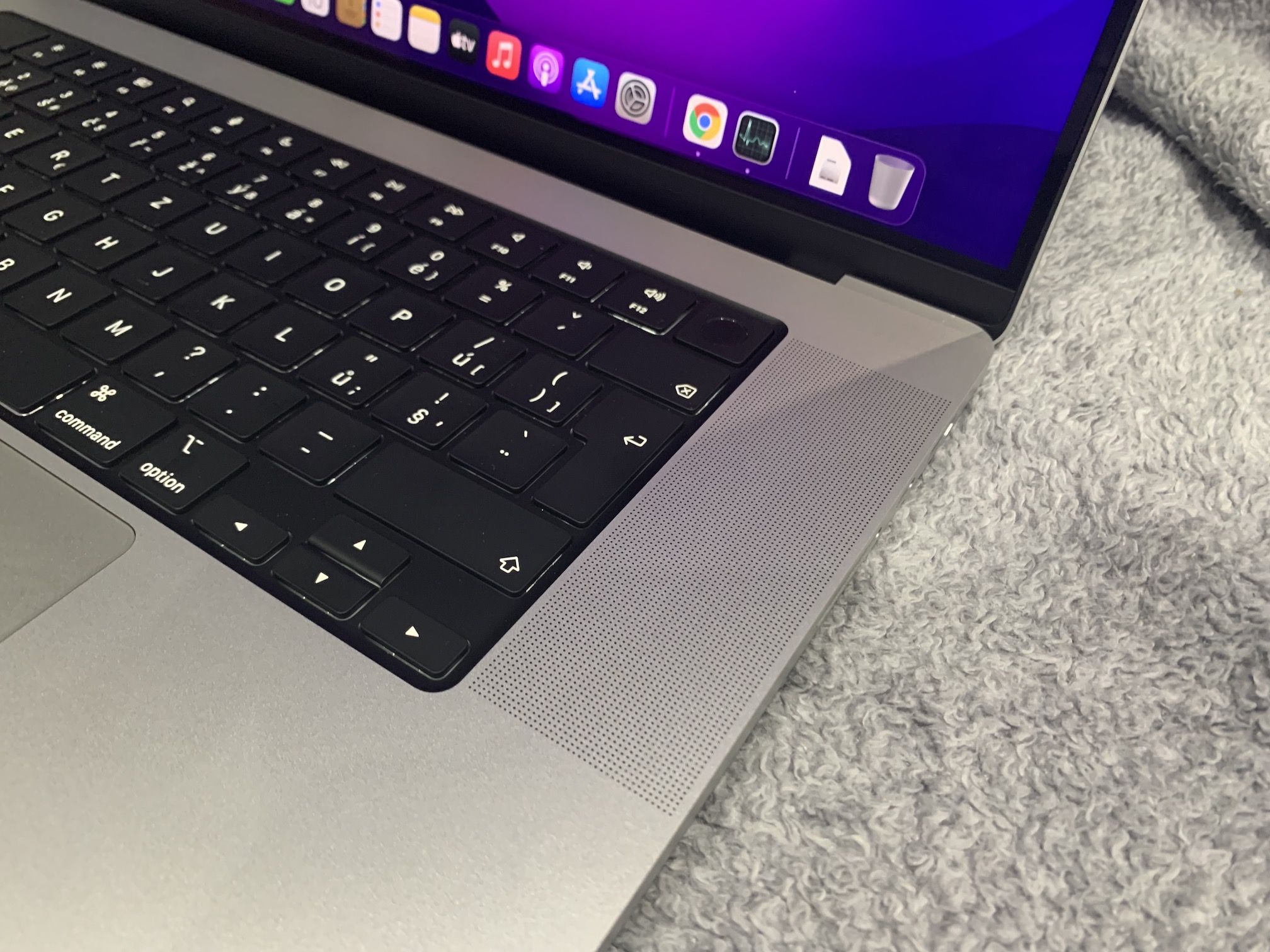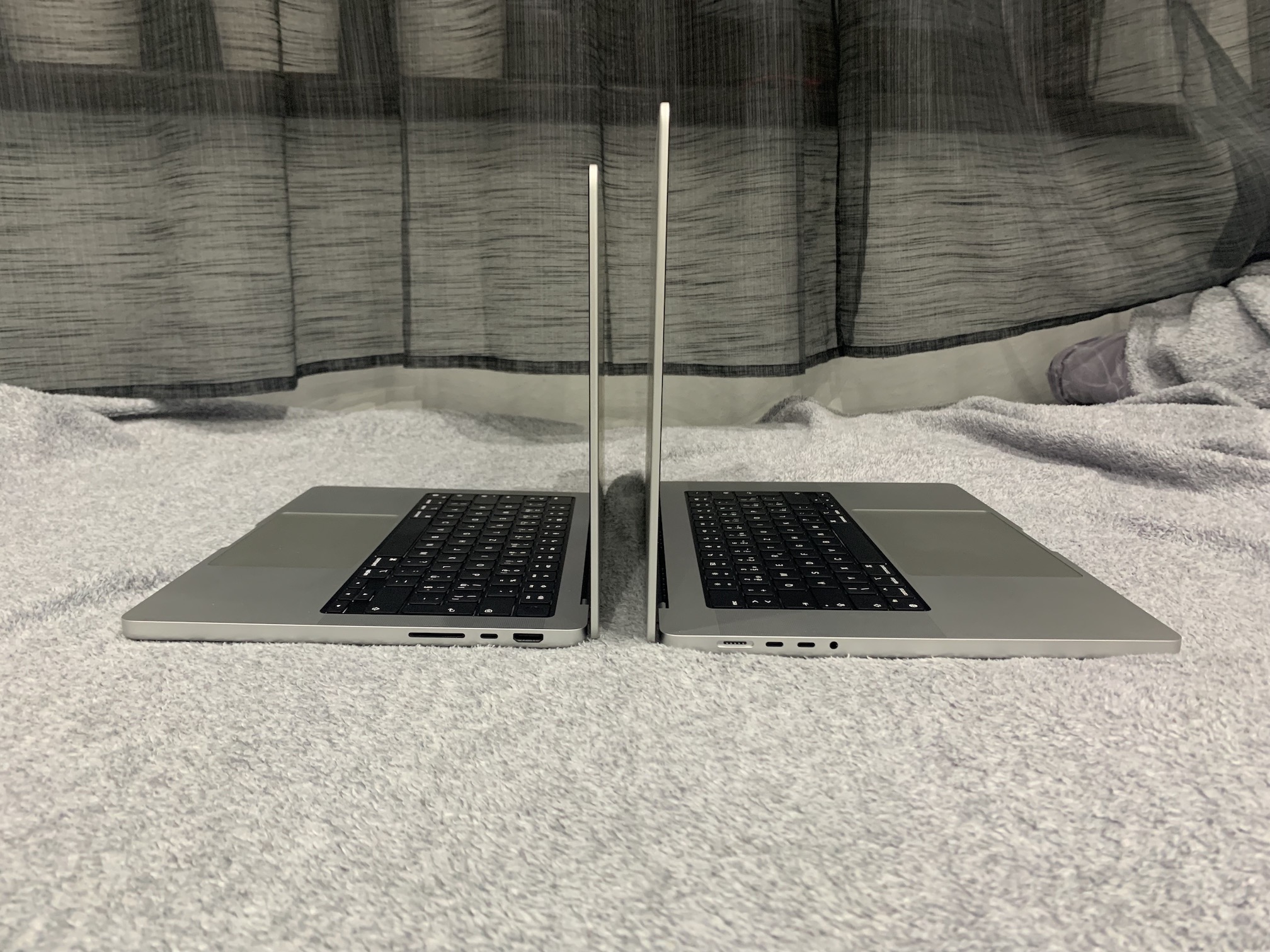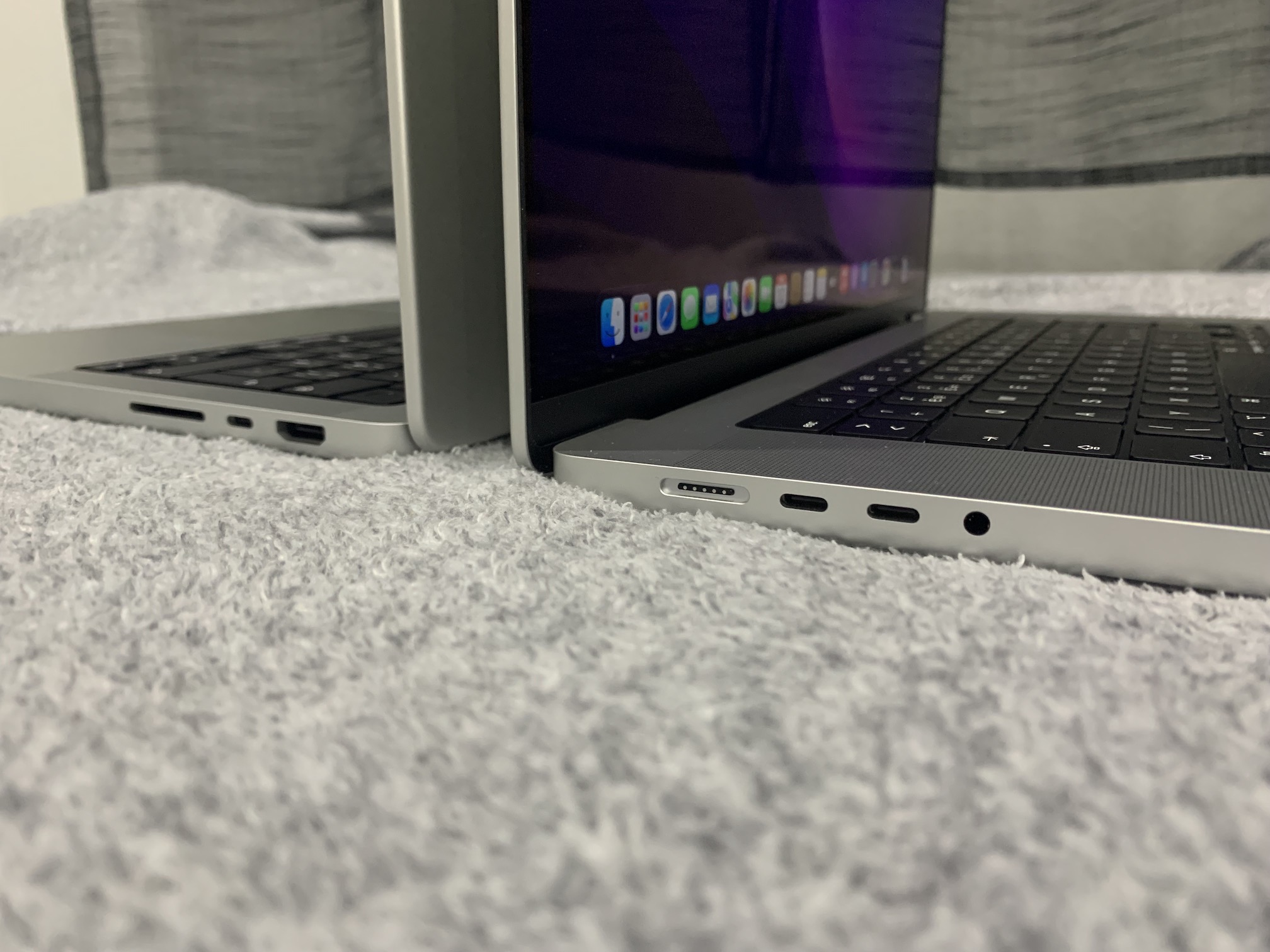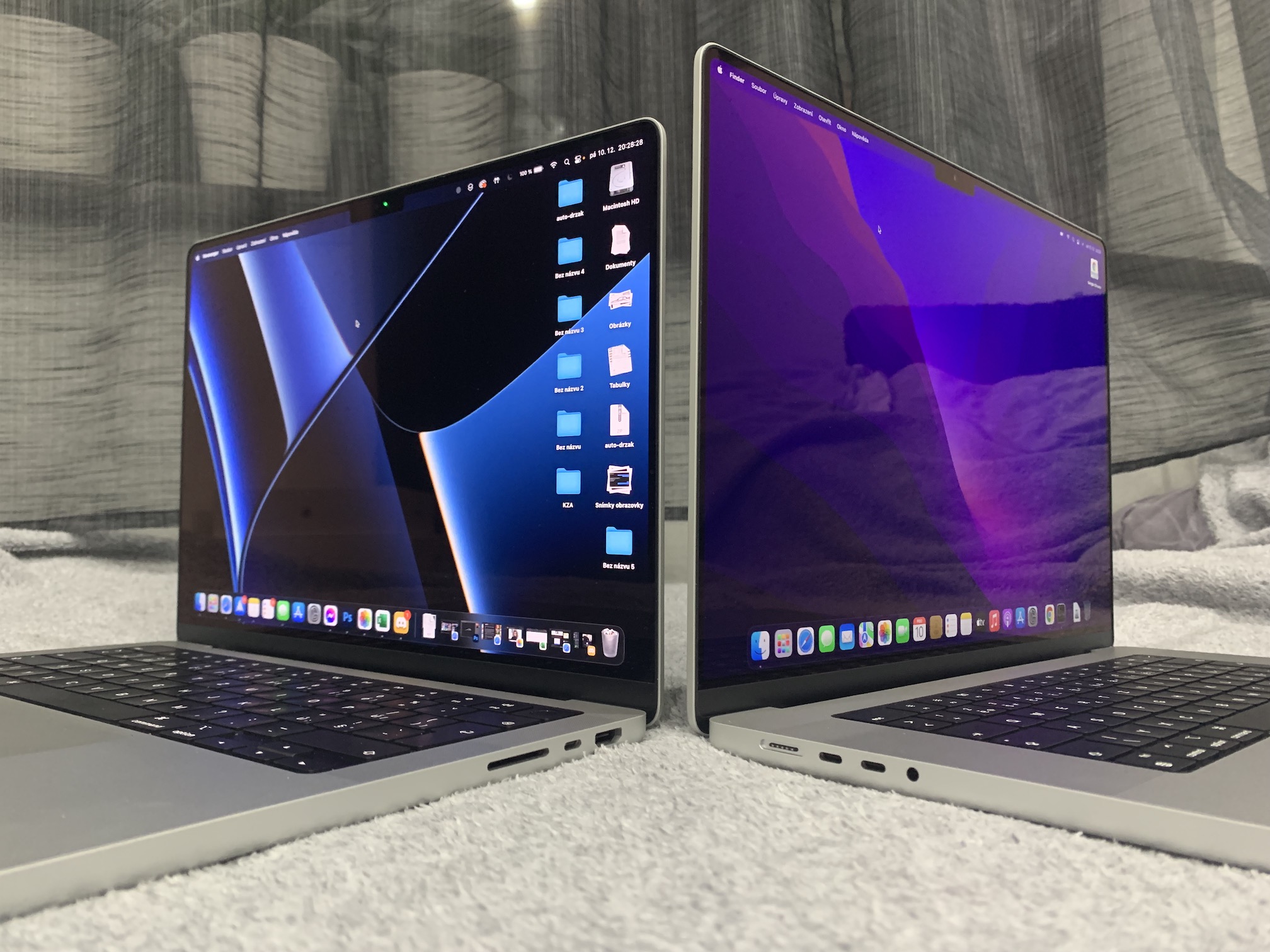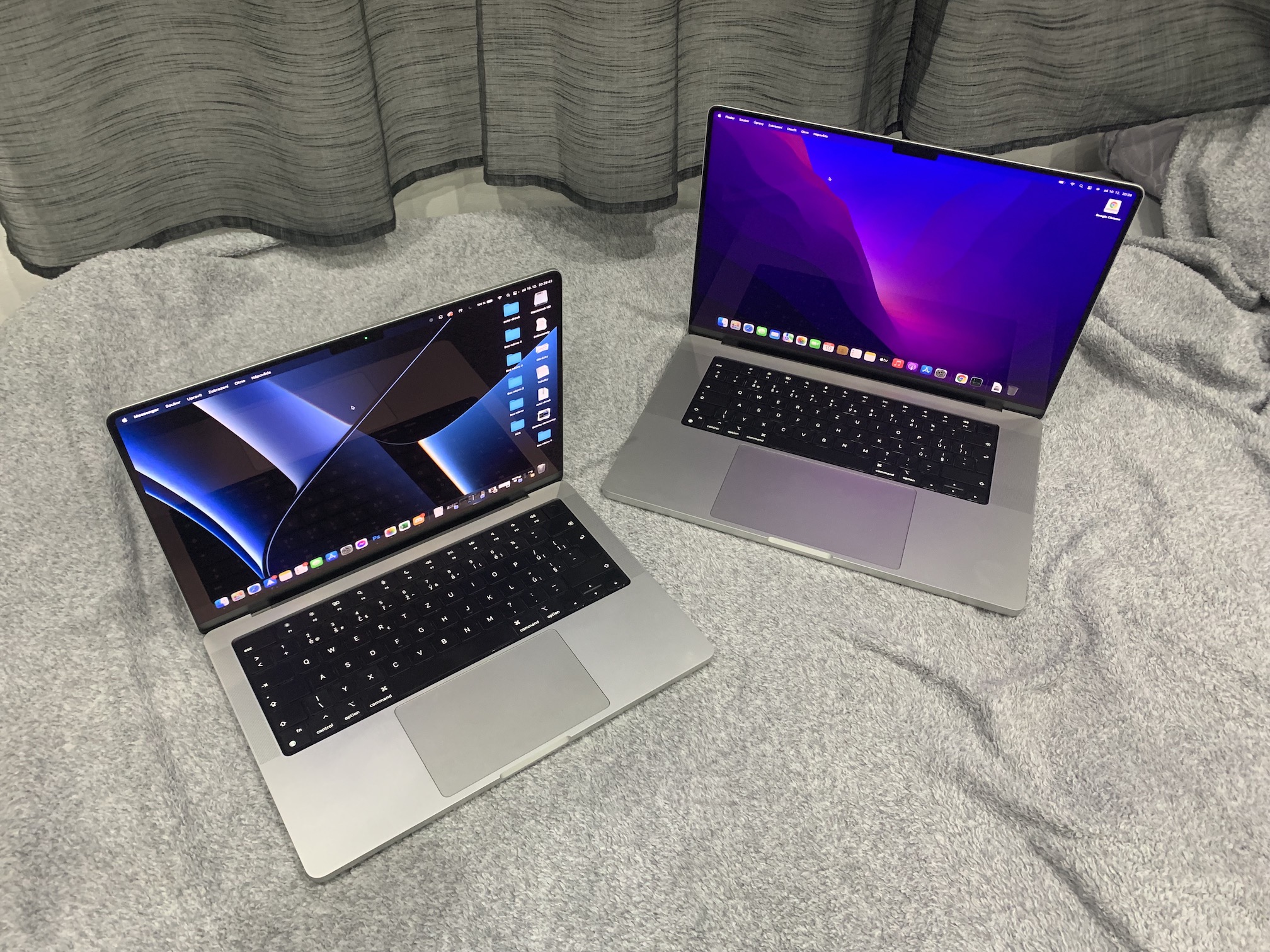Not all of the technology that Apple has brought to life has been met with a positive response. On the contrary, he canceled some popular ones because they did not fit into his new concept or were too expensive.
When Apple said goodbye to the bulky 30-pin dock connector and replaced it with Lightning, it was one of the examples of technical evolution that benefited not only the given device but also the users. But when he did that with the MagSafe power connector on MacBooks, it was clearly a shame. But then Apple saw a bright future in USB-C.
The 12" MacBook introduced in 2015 even contained a single USB-C connector and nothing more (so there was still a 3,5mm jack). This trend clearly followed for many years to come, much to the chagrin of users, as the magnetic power connector was actually practical. It took Apple 6 long years to bring back MagSafe to MacBooks. Now not only the 14 and 16" MacBook Pros, but also the M2 MacBook Air have it, and it is more or less certain that it will be present in the next generations of Apple laptops as well.
It could be interest you
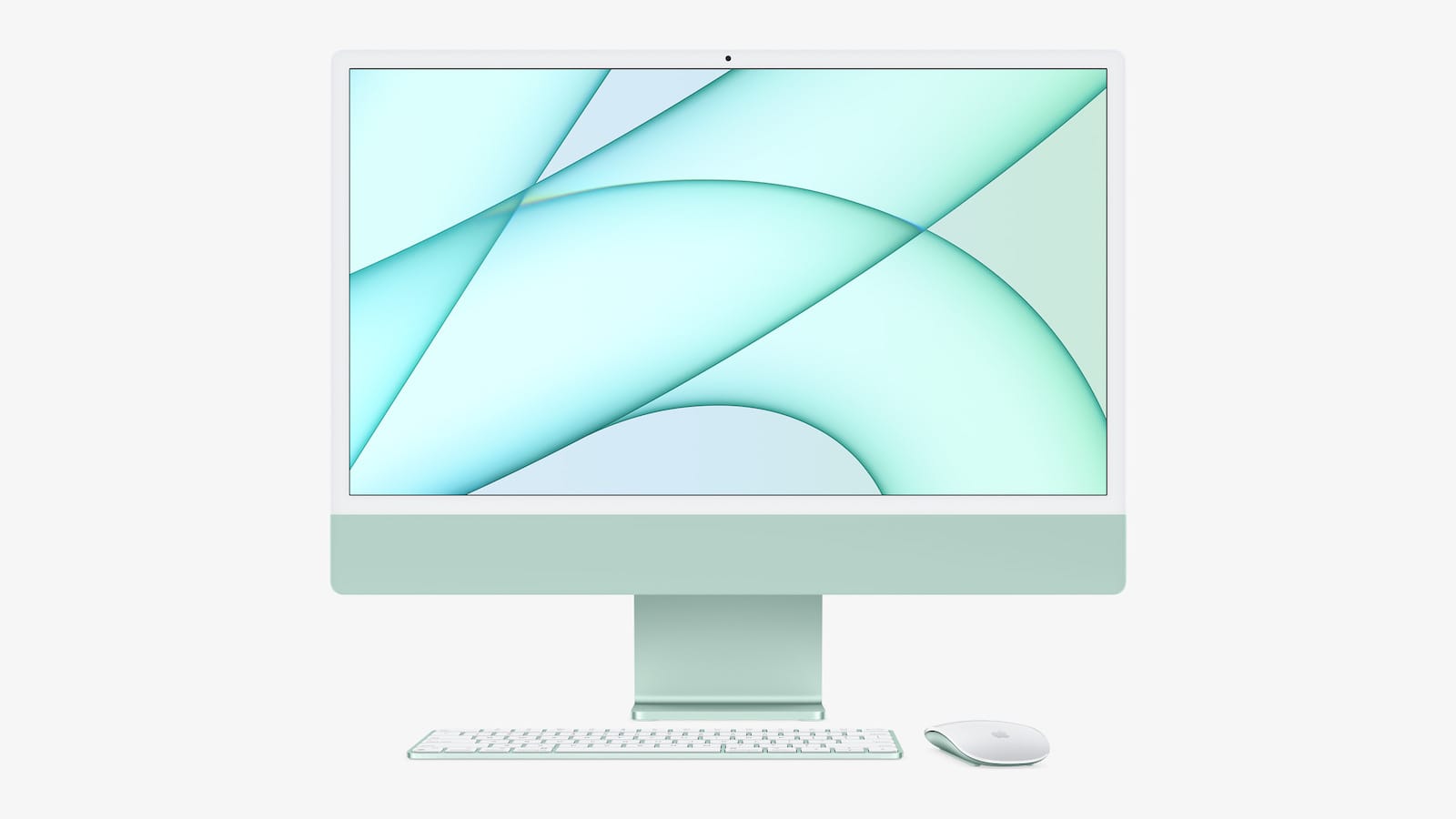
Butterfly keyboard, SD card slot, HDMI
The company also saw the future in the new keyboard. Initially, the bow-tie design made it possible to make the device thinner and therefore lighter, but it suffered from so many flaws that Apple even provided free services to replace it. It was one of those cases where the design was above utility, costing him a lot of money and a lot of swearing. But when we look at the current portfolio, especially MacBooks, Apple has turned 180 degrees here.
He got rid of design experiments (although yes, we have a cutout in the display), and except for MagSafe, he also returned the memory card reader or the HDMI Port in the case of MacBook Pros. At least the MacBook Air has MagSafe. There's also still a place for the 3,5mm jack in the computer world, although I can honestly say I don't know the last time I plugged classic wired headphones into a MacBook or Mac mini.
MacBook battery status button
It was the kind of thing that made anyone's jaw drop when they saw it. And at the same time such nonsense, one would like to say. MacBook Pros had a small circular button on the side of their chassis with five diodes next to it, which when you pressed it, you immediately saw the charge status. Yes, battery life has improved a lot since then, and you may not need to check the charge level other than by opening the lid, but it was just something that no one else had and it showed the genius of Apple.
It could be interest you

Touch 3D
When Apple introduced the iPhone 6S, it came with 3D Touch. Thanks to it, the iPhone could react to pressure and perform various actions accordingly (for example, play Live photos). But with the iPhone XR and subsequently the 11 series and all others, he dropped this. Instead, it only provided the Haptic Touch feature. Although people liked 3D Touch very quickly, the function subsequently began to fall into oblivion and stopped being used, as well as developers stopped implementing it in their titles. In addition, most ordinary users did not even know about it. And because it was bulky and expensive, Apple simply replaced it with a similar solution, only significantly cheaper for him.
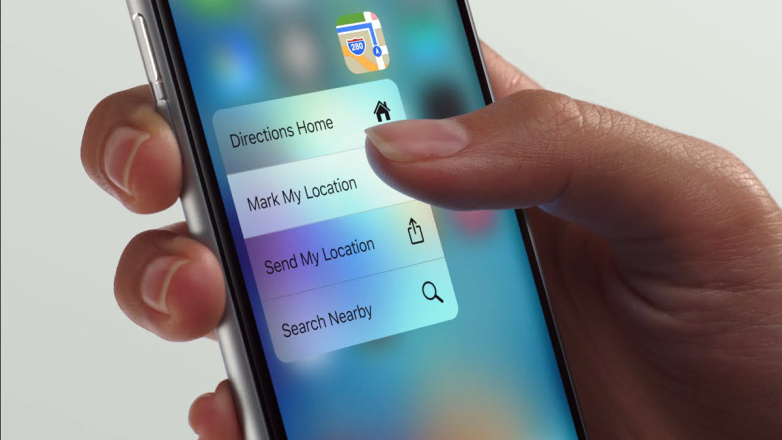
touch ID
The Touch ID fingerprint scanner is still a part of Macs and iPads, but from iPhones it remains only on the archaic iPhone SE. Face ID is nice, but many people are not satisfied with it because of certain specifics of their face. At the same time, there is no problem with iPads implementing this technology into the lock button. If Apple has forgotten about Touch ID on iPhones, it would not be a bad idea to remember it again and give the user a choice. It is often more convenient to unlock the phone "blindly" without having to look at it.

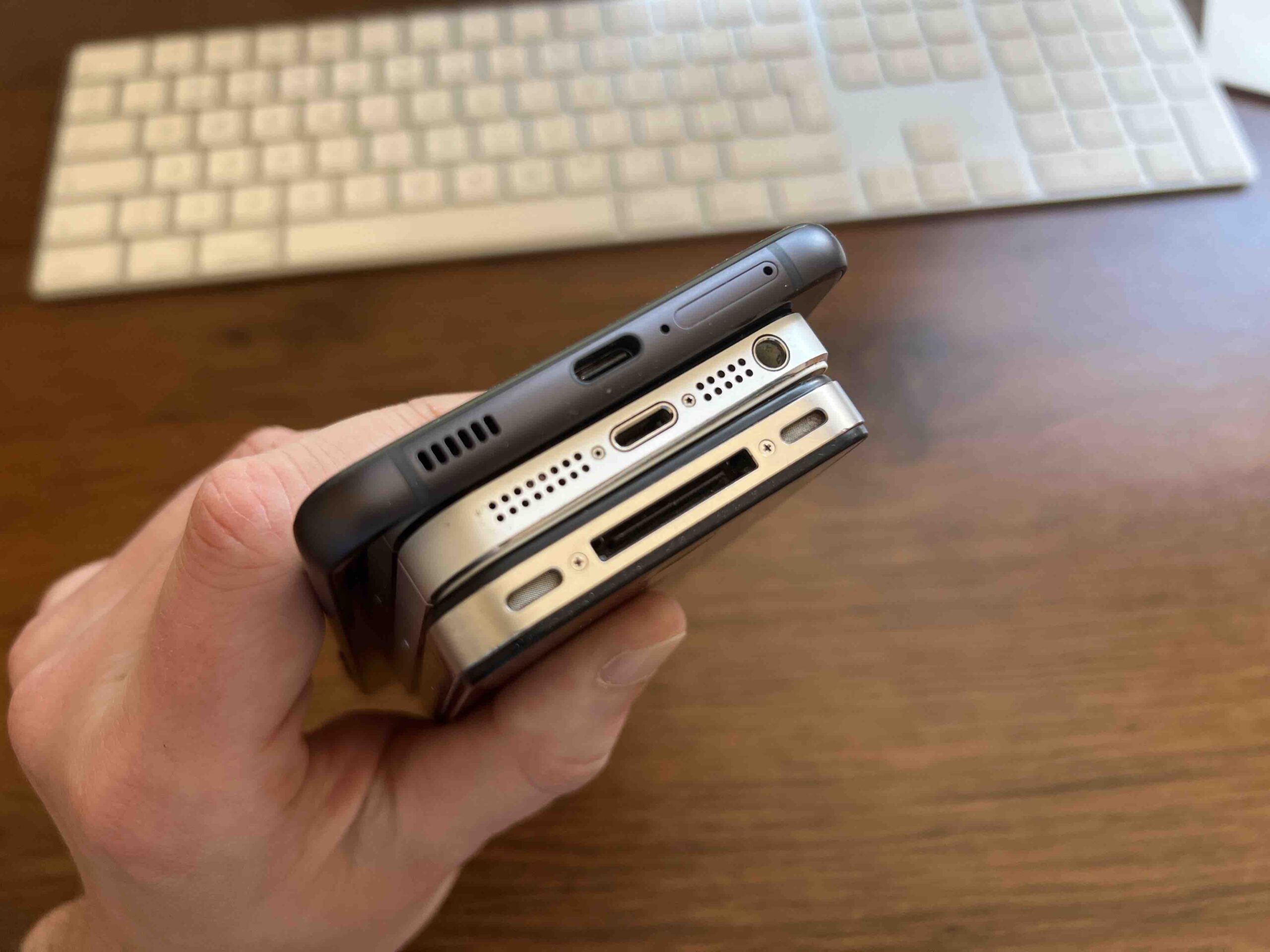

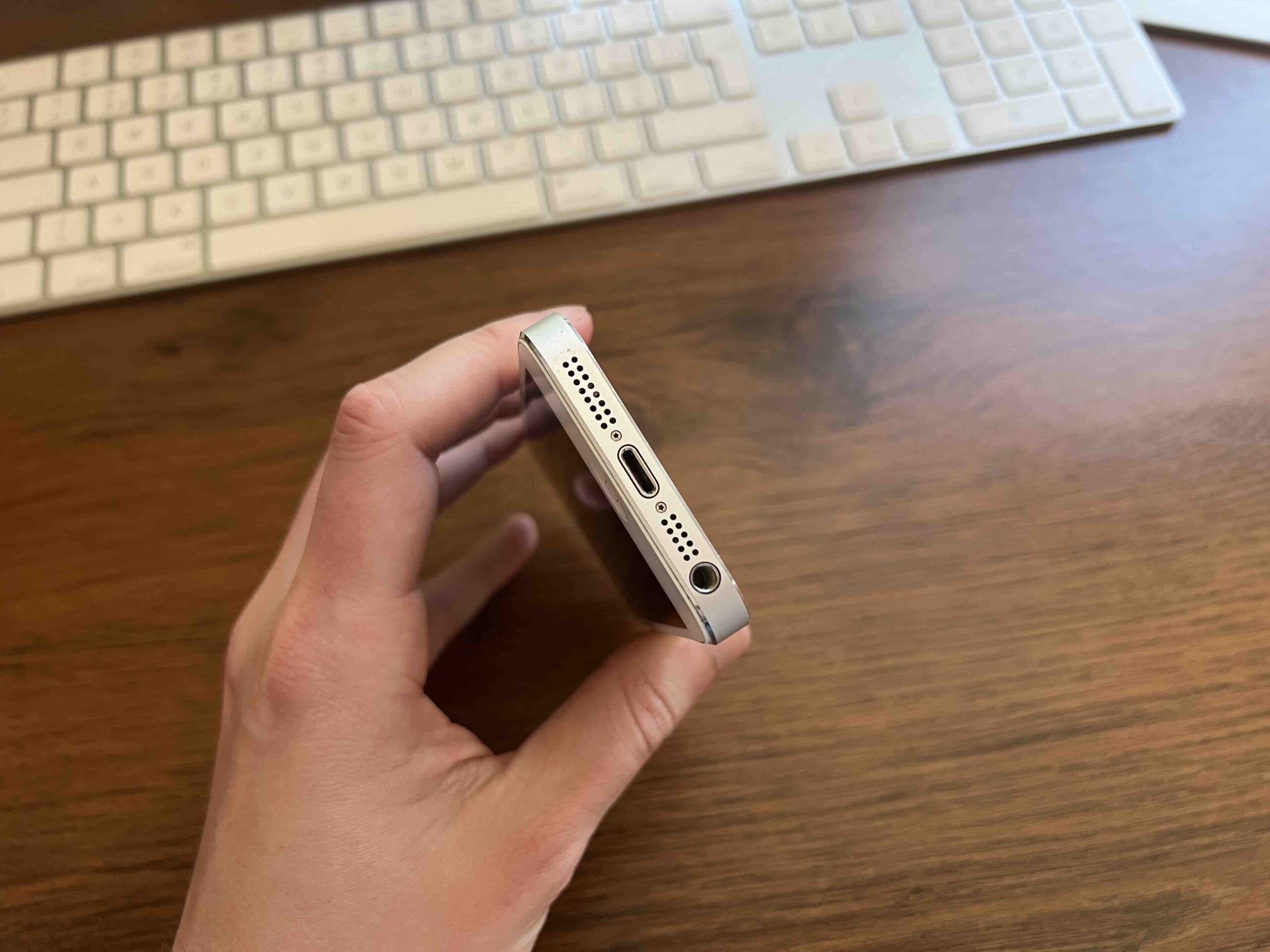
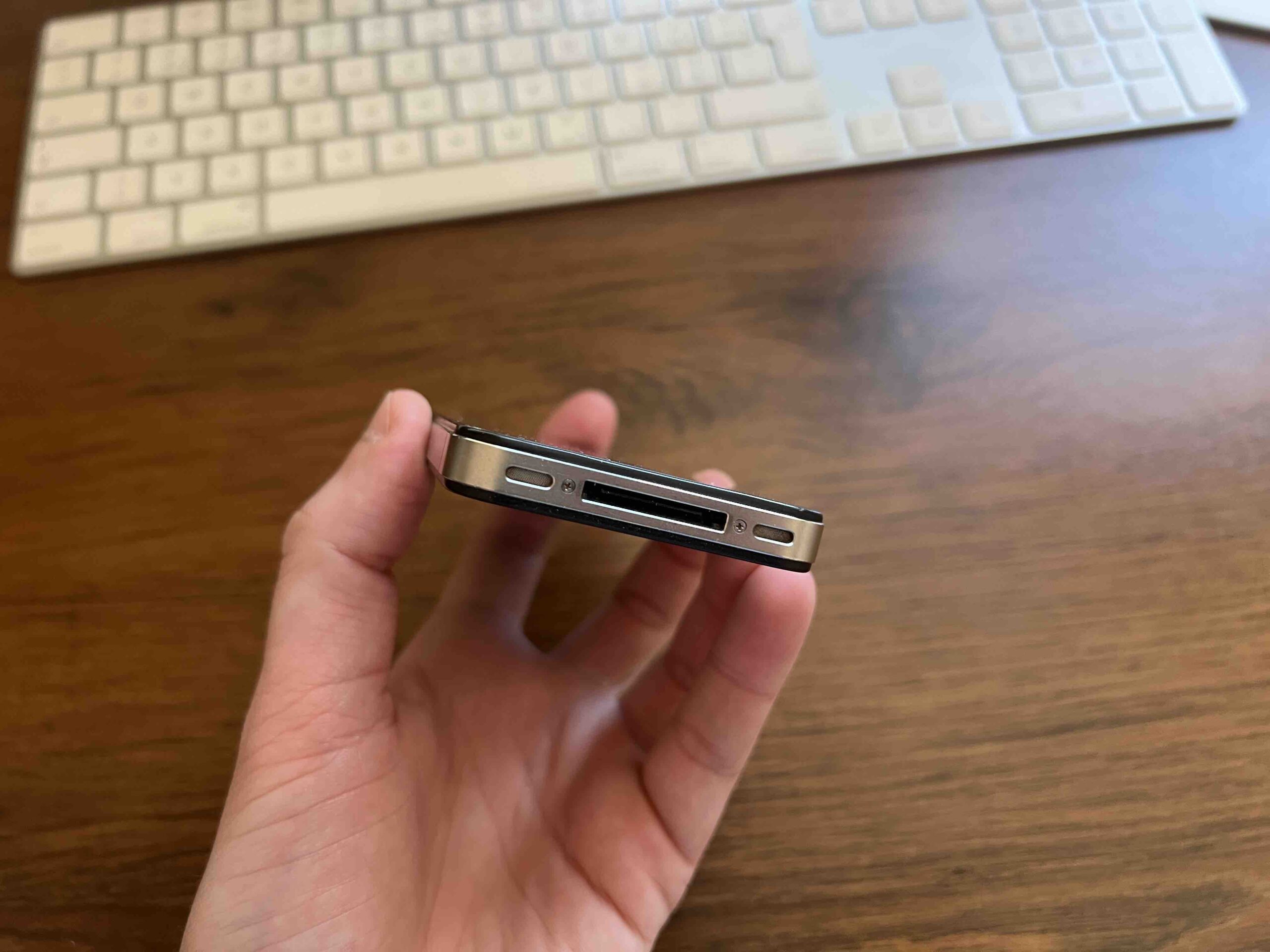
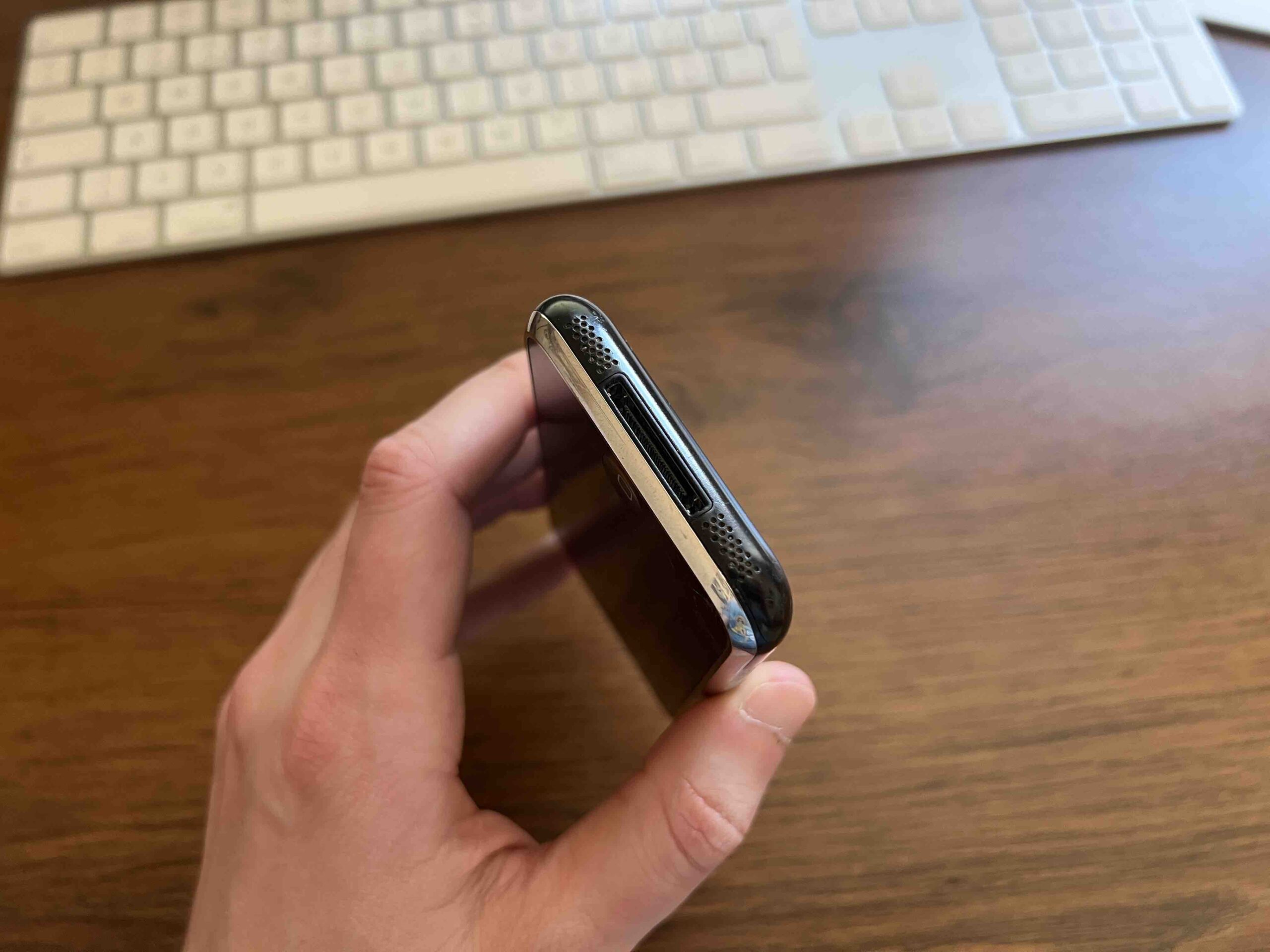
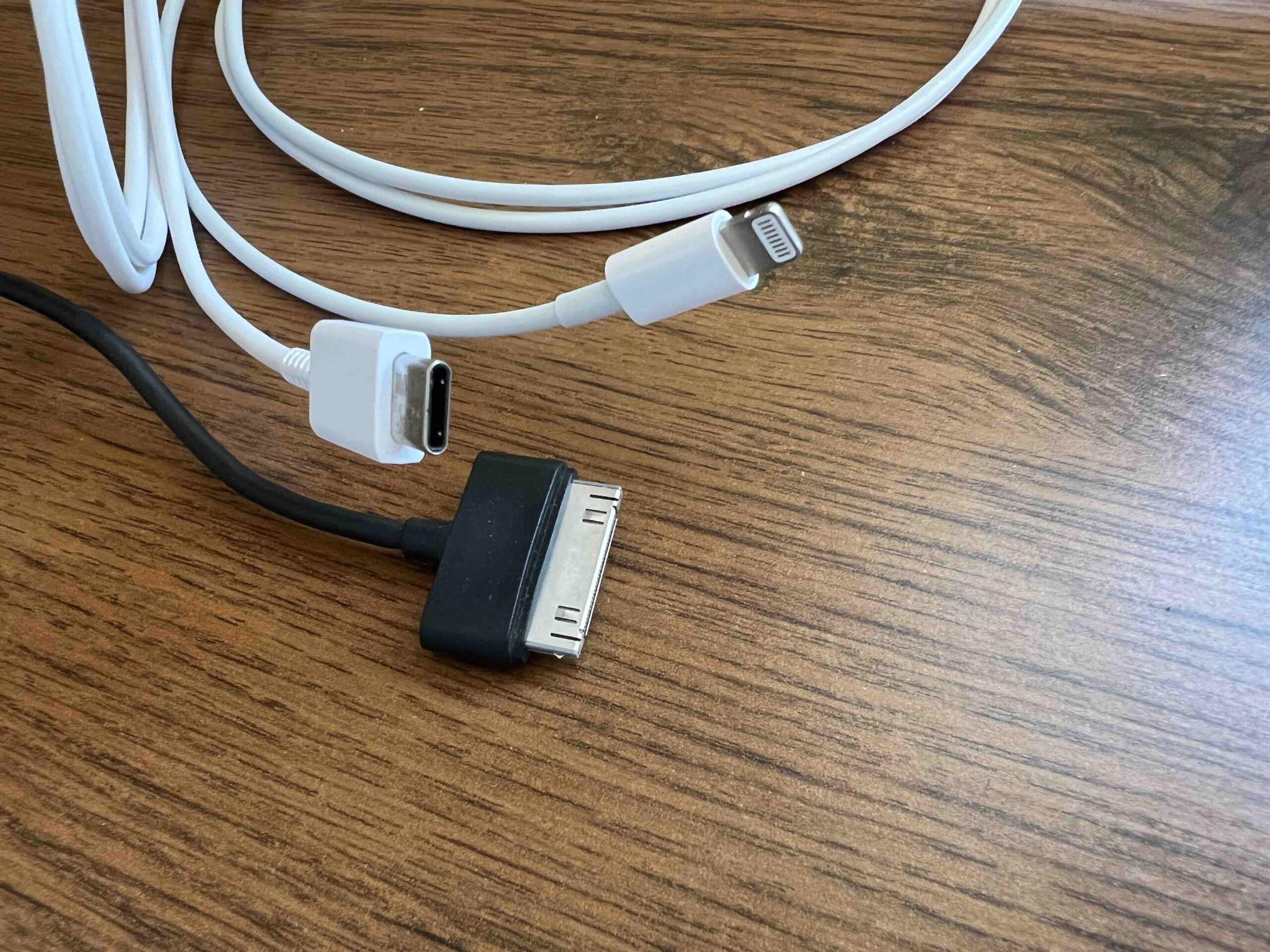
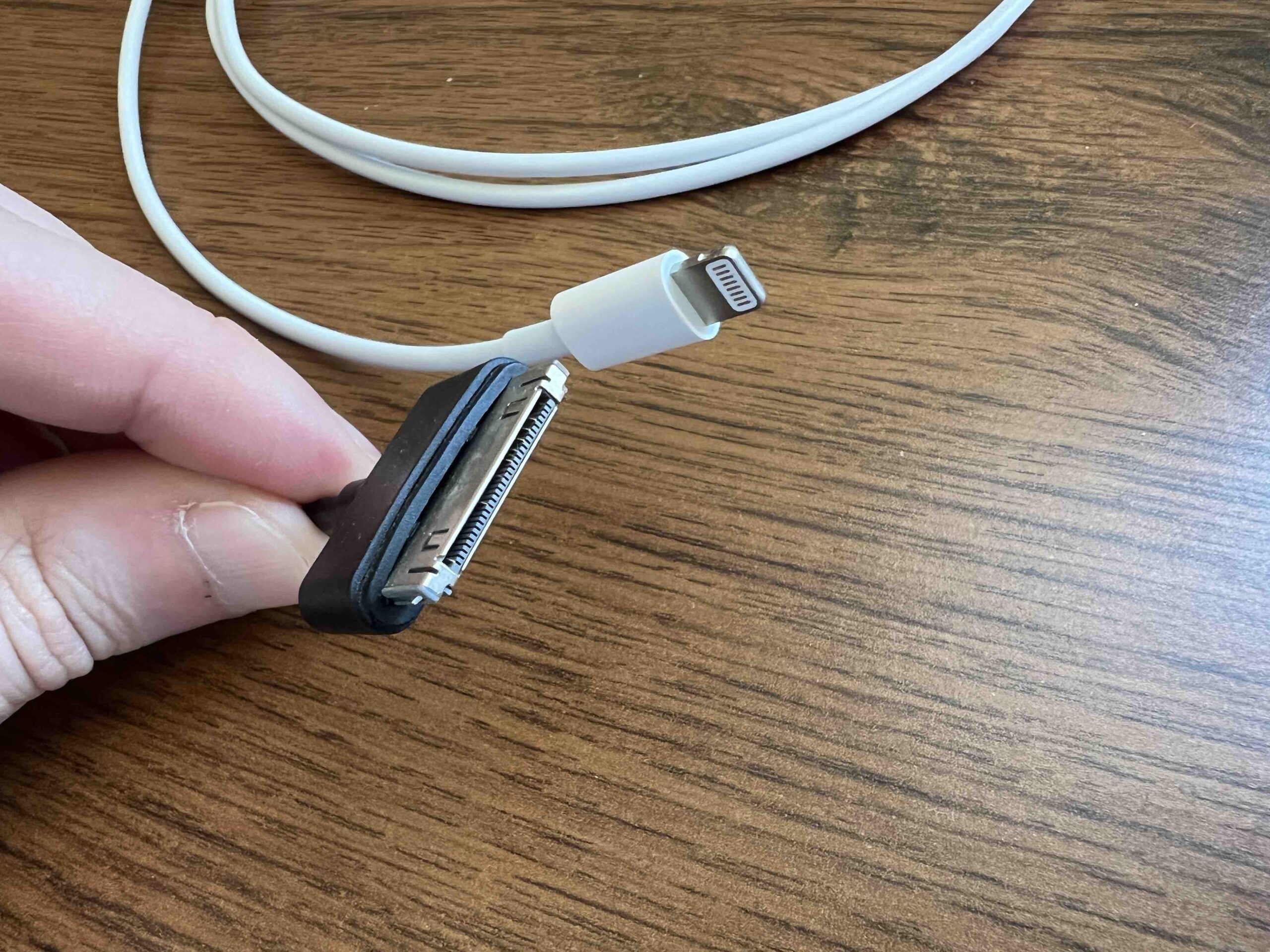
 Adam Kos
Adam Kos 